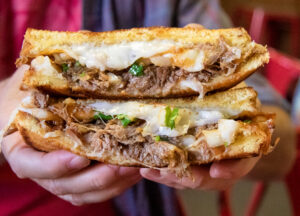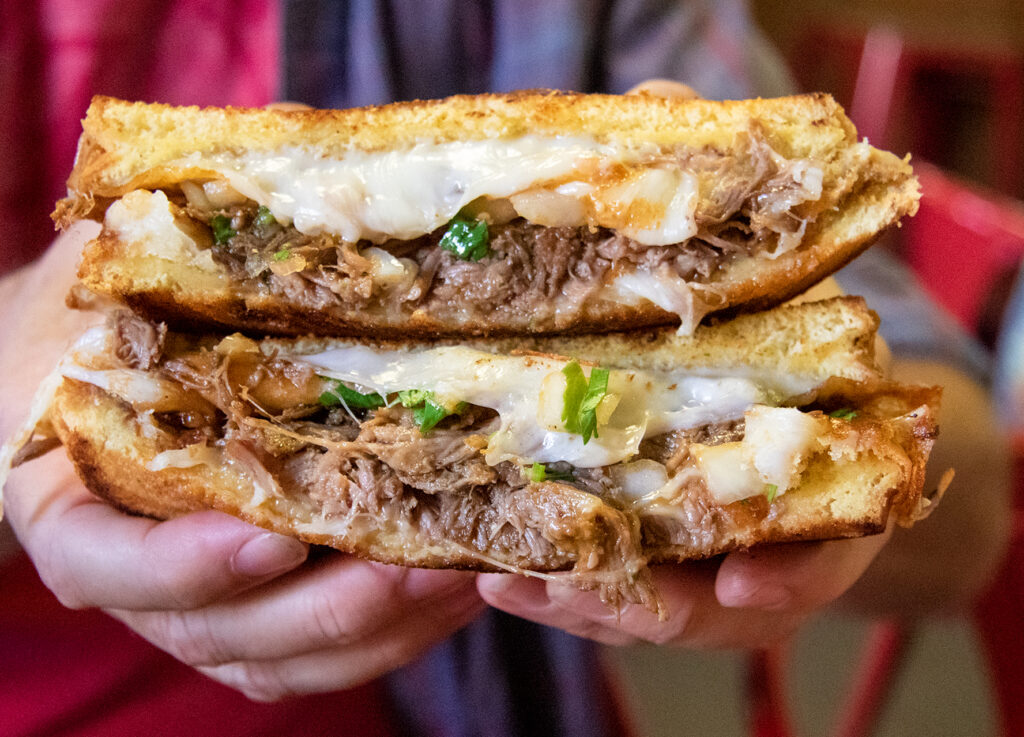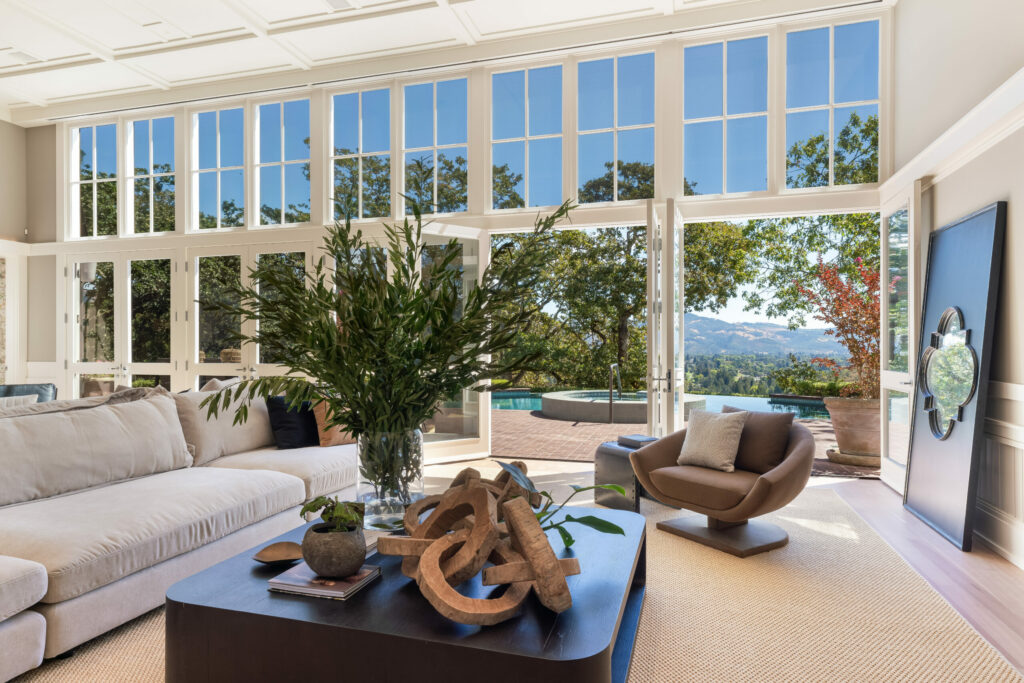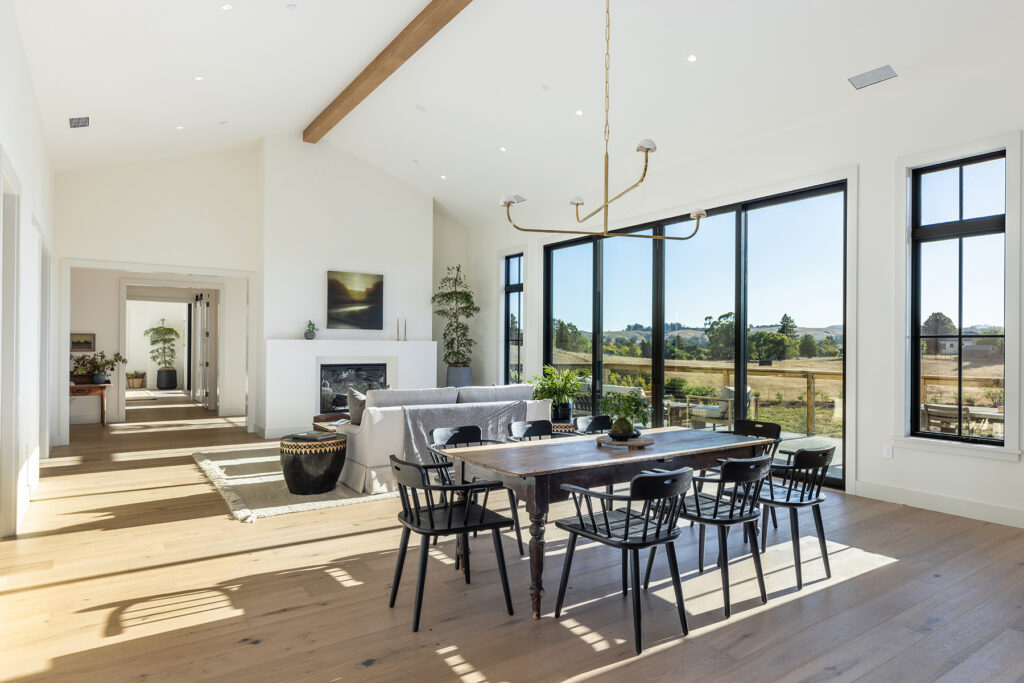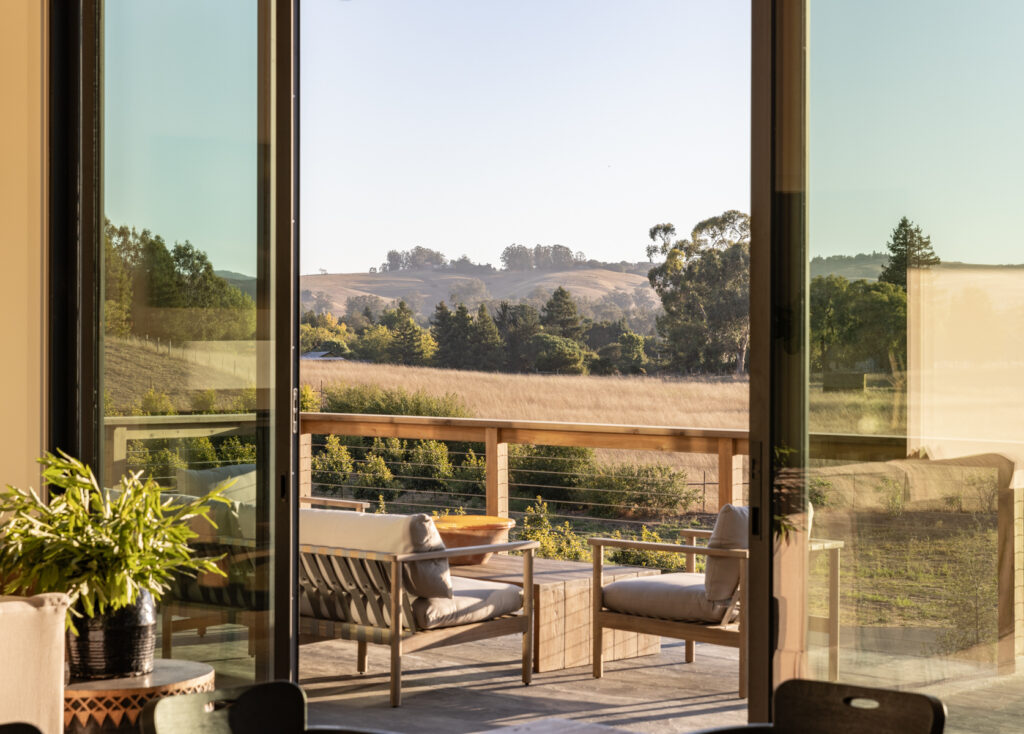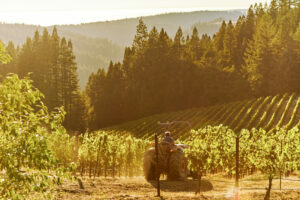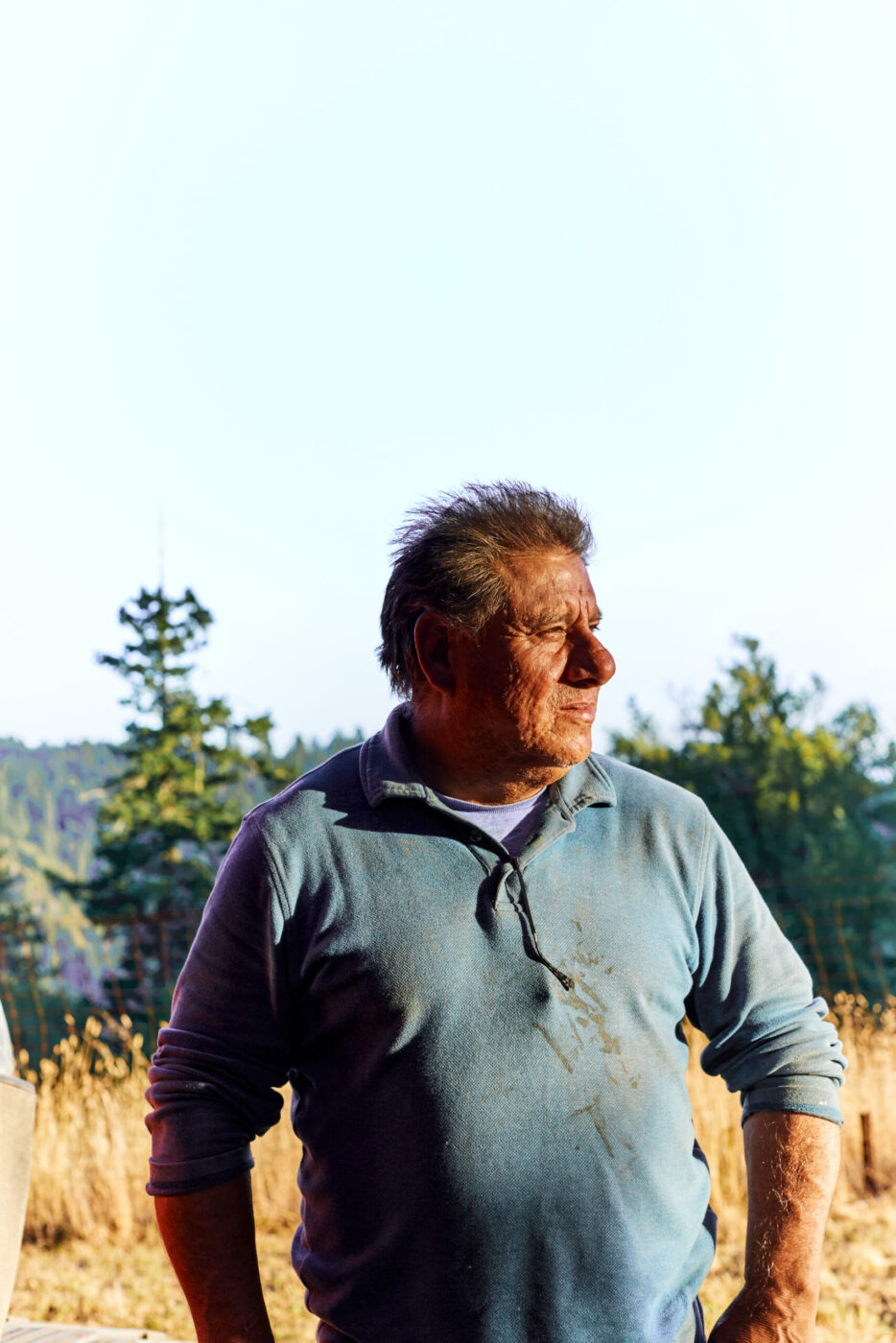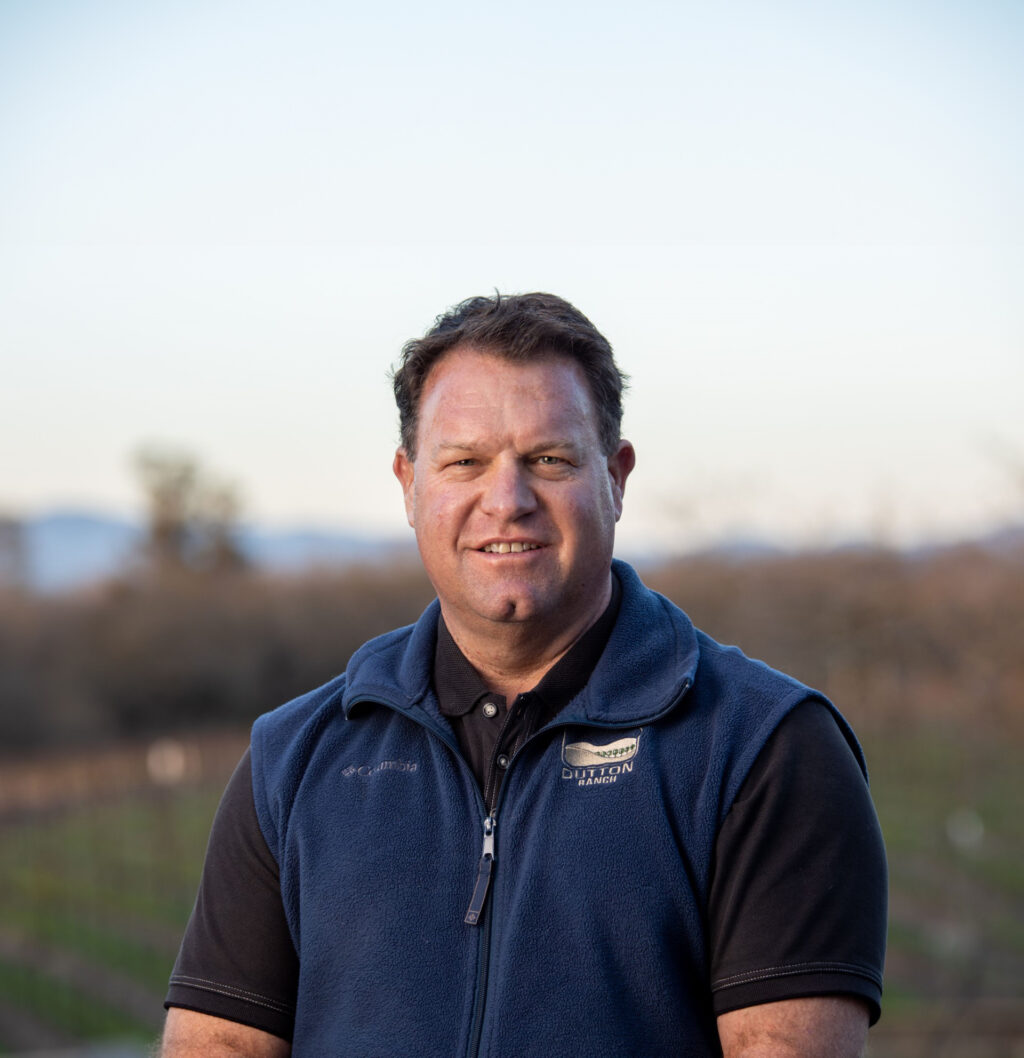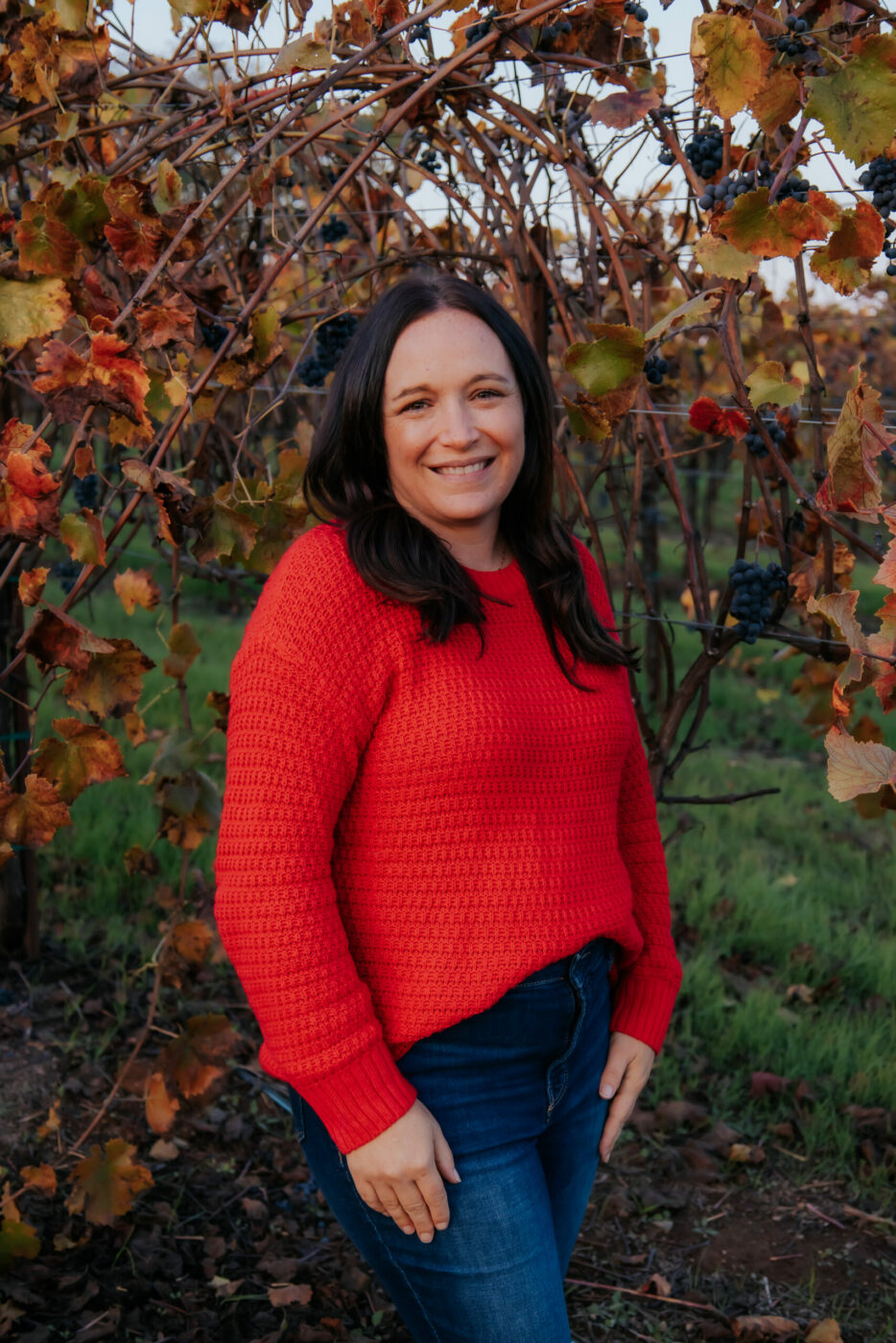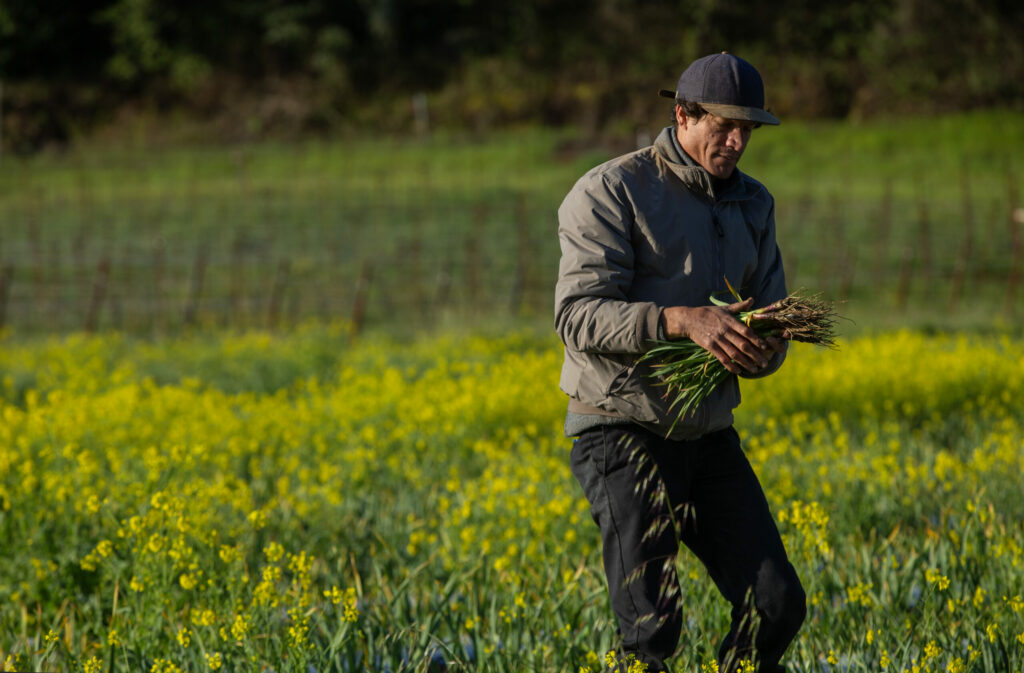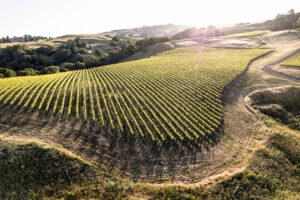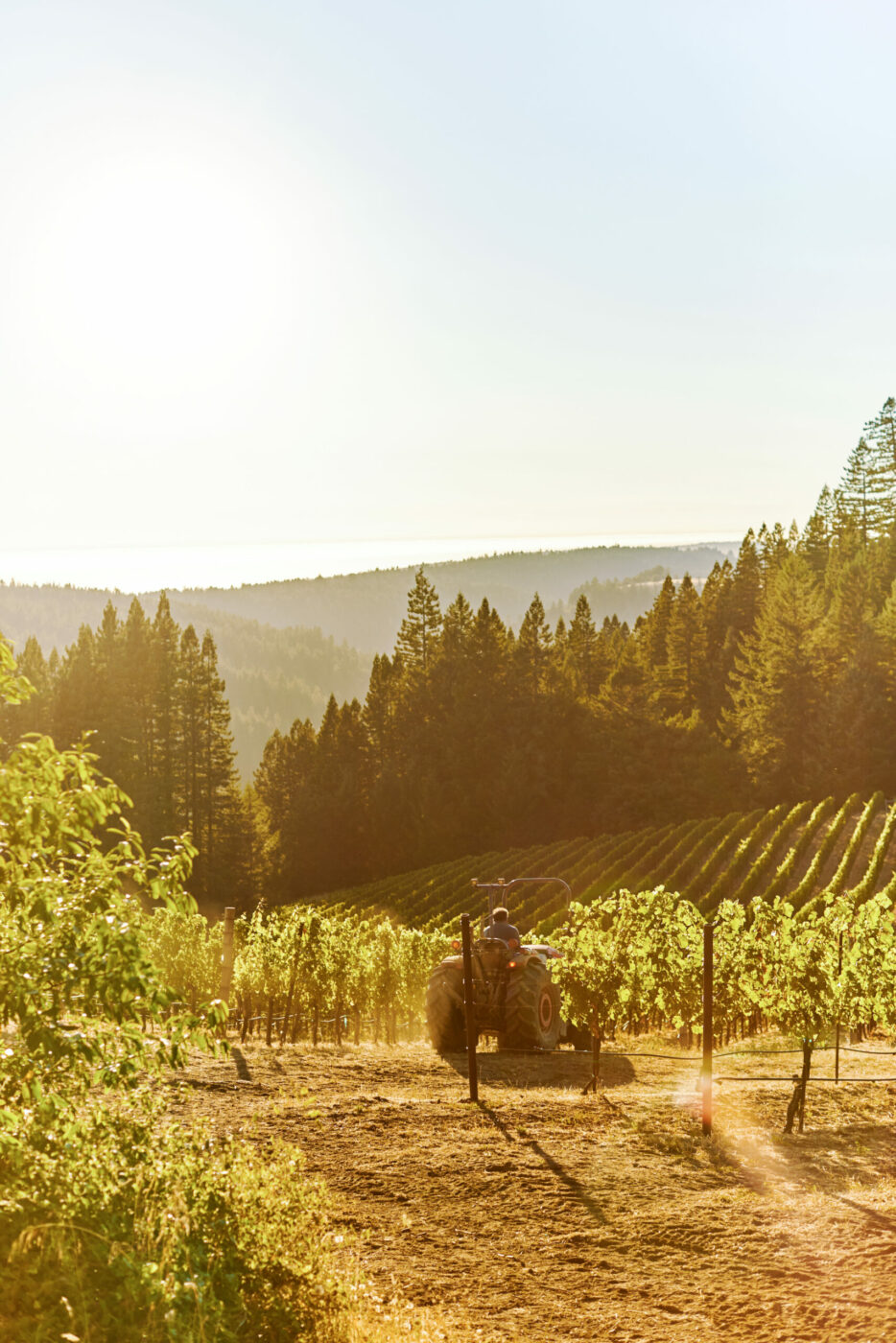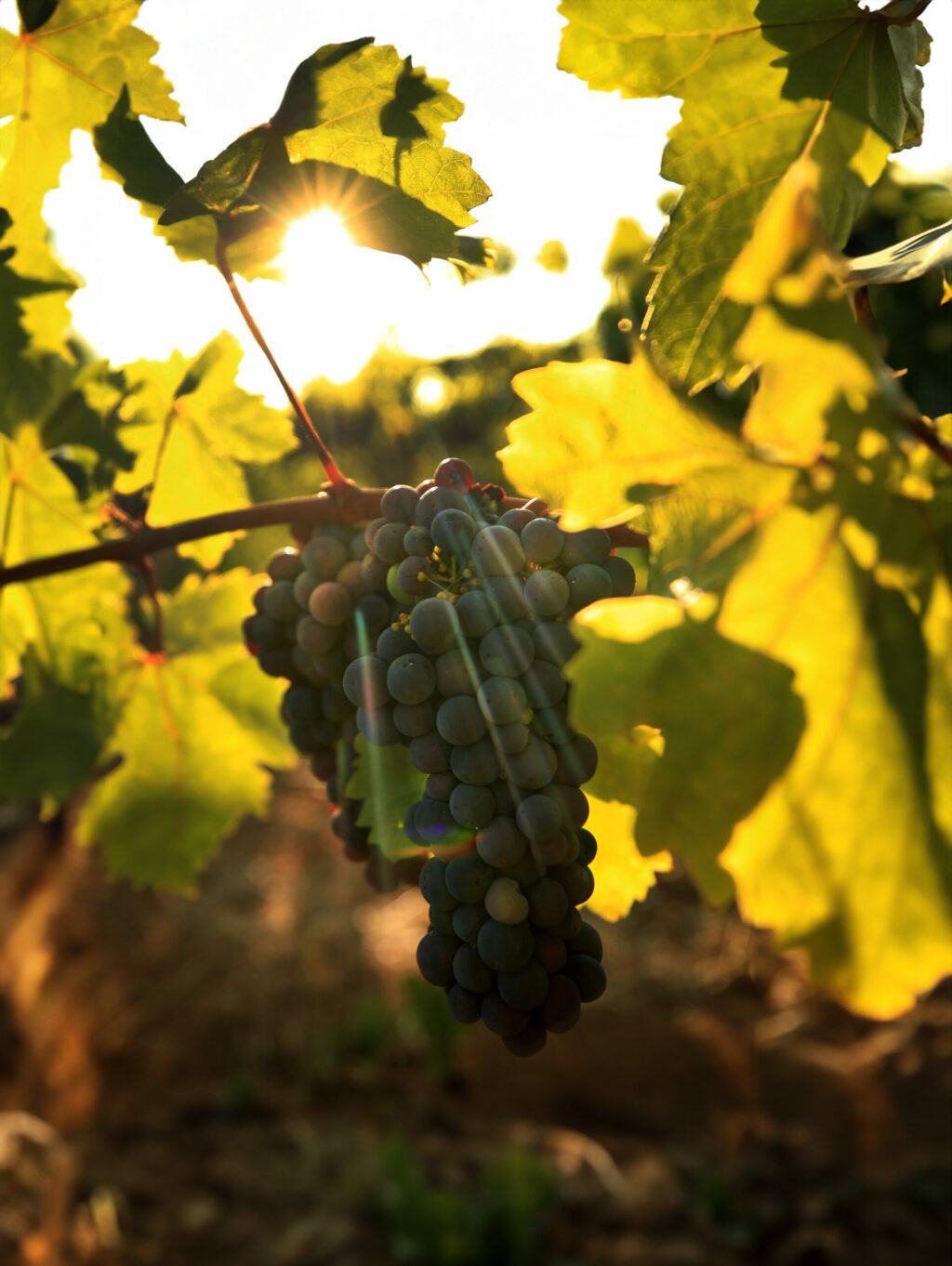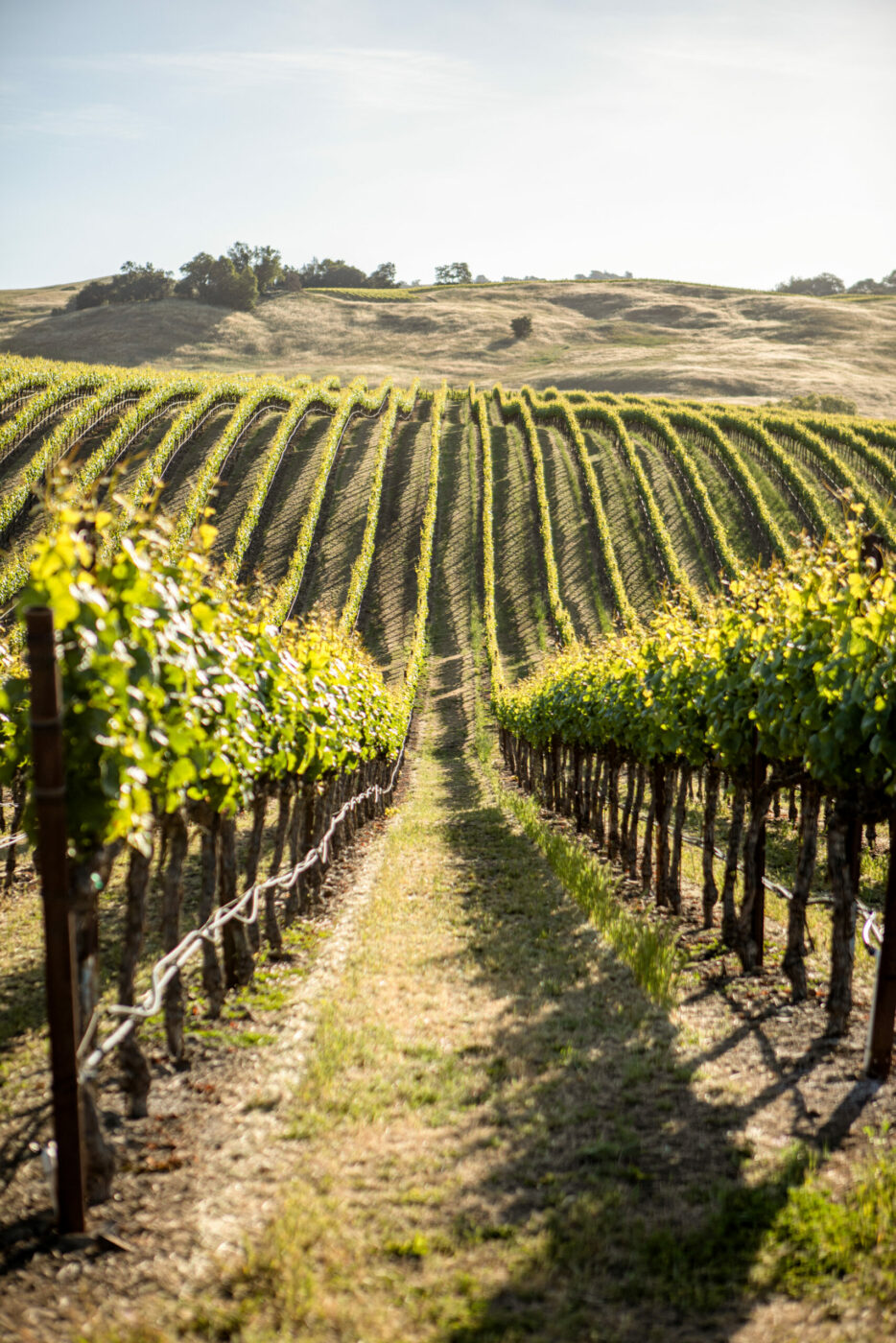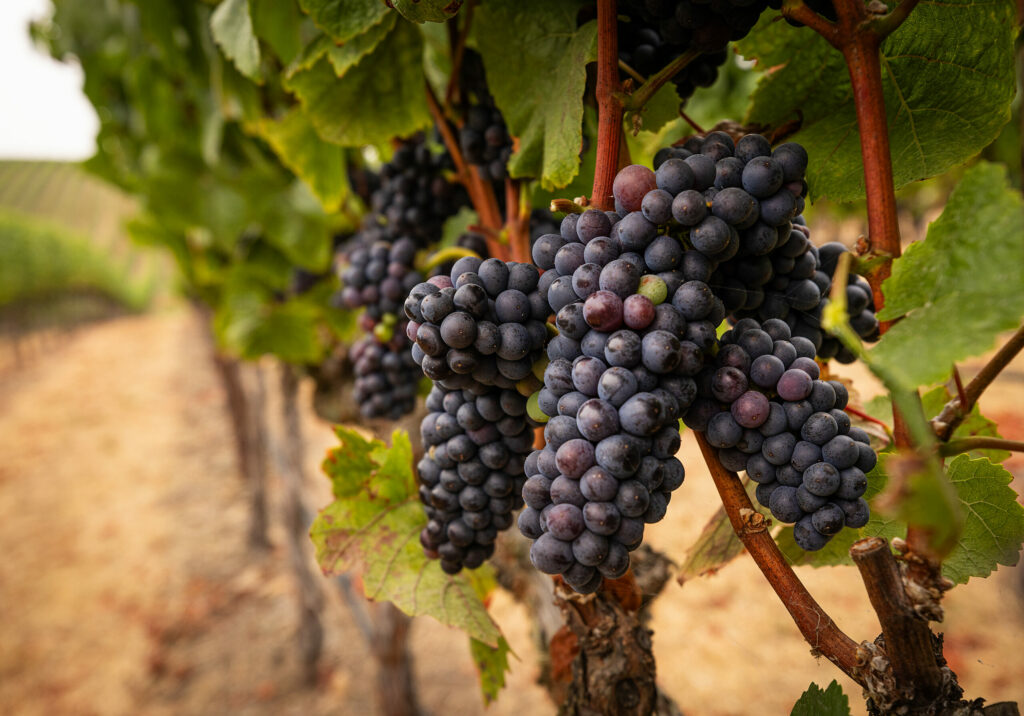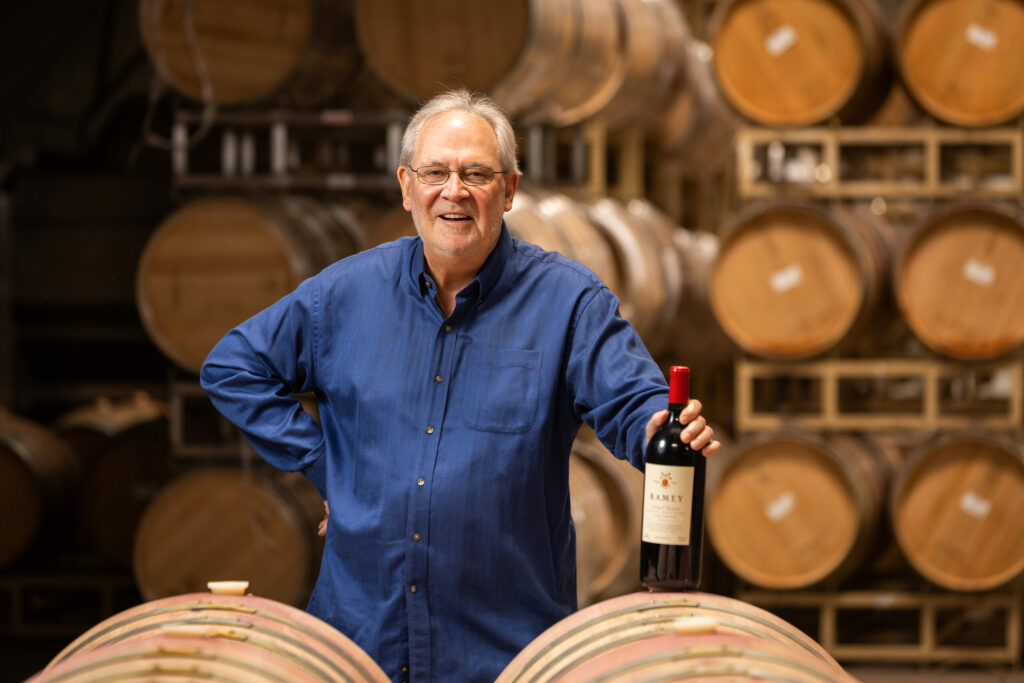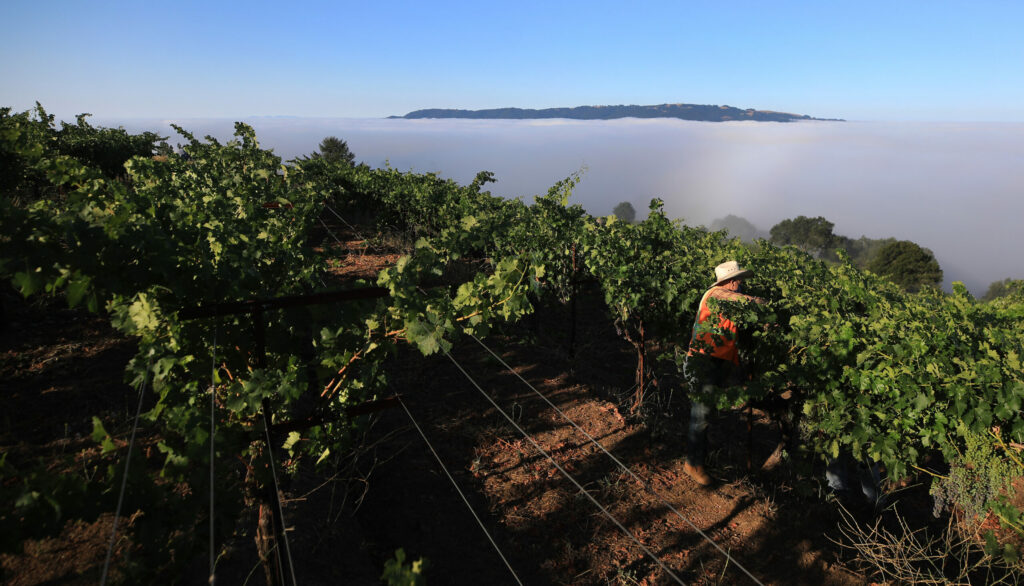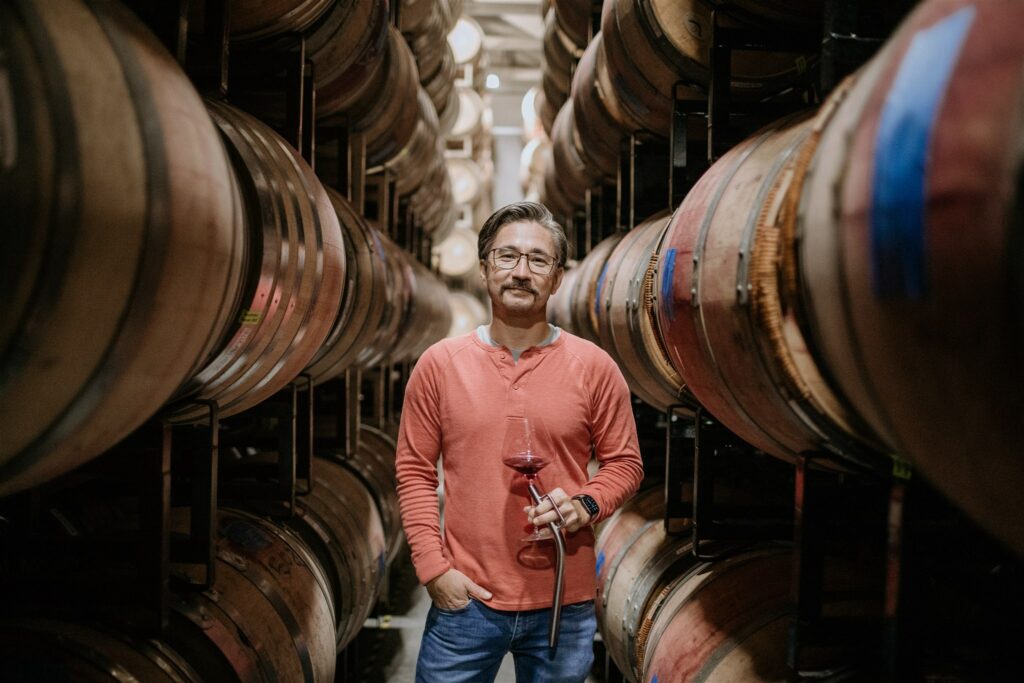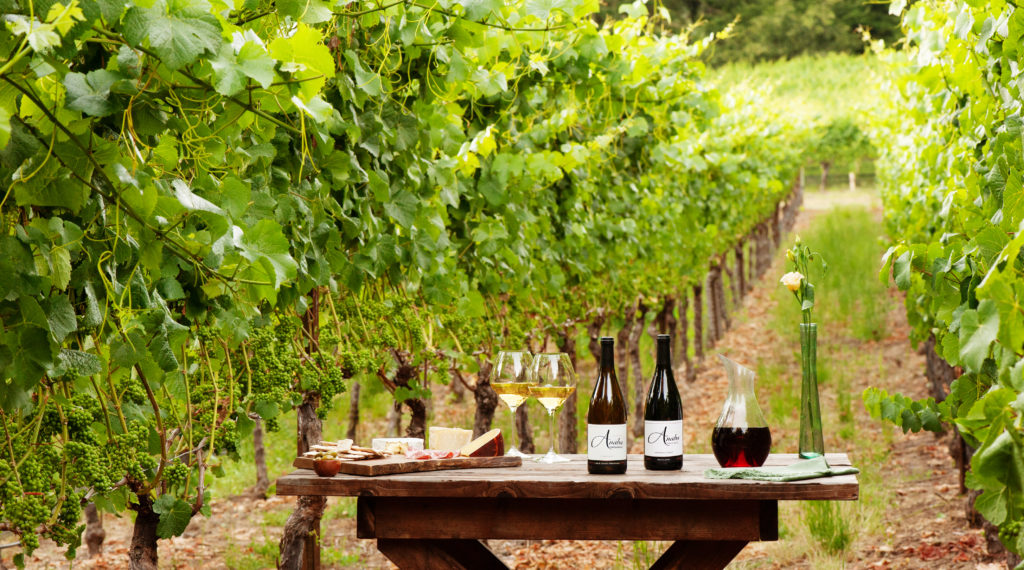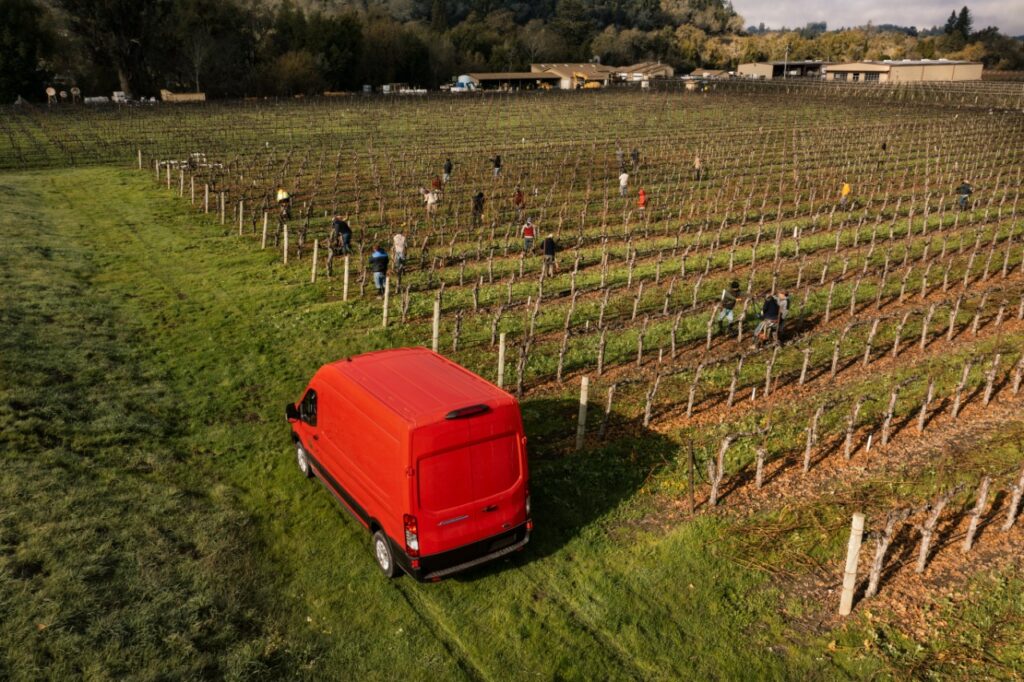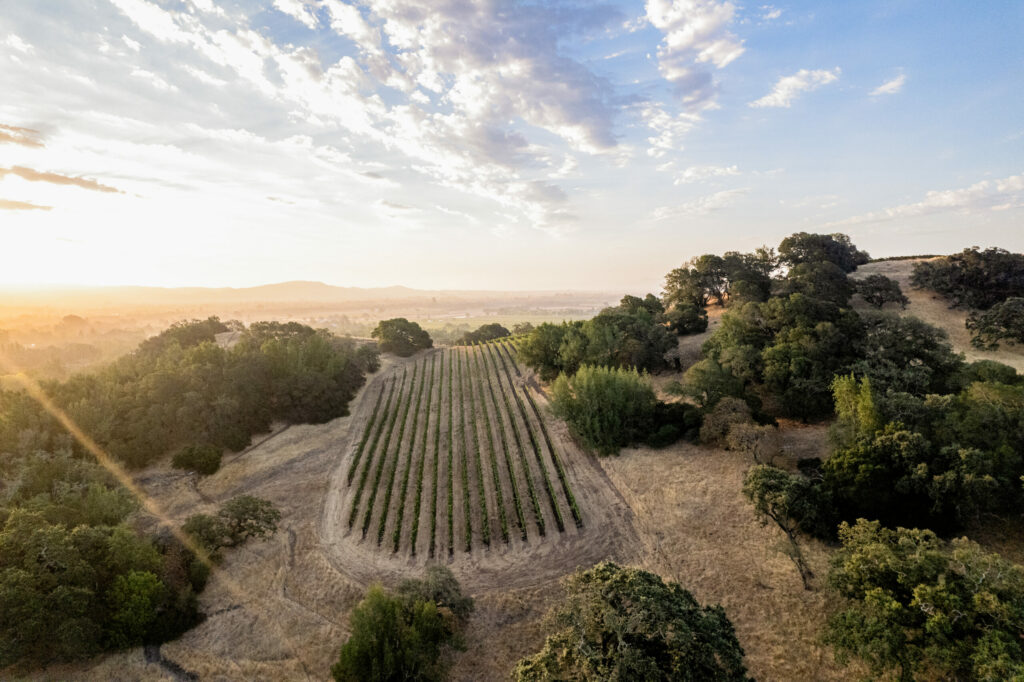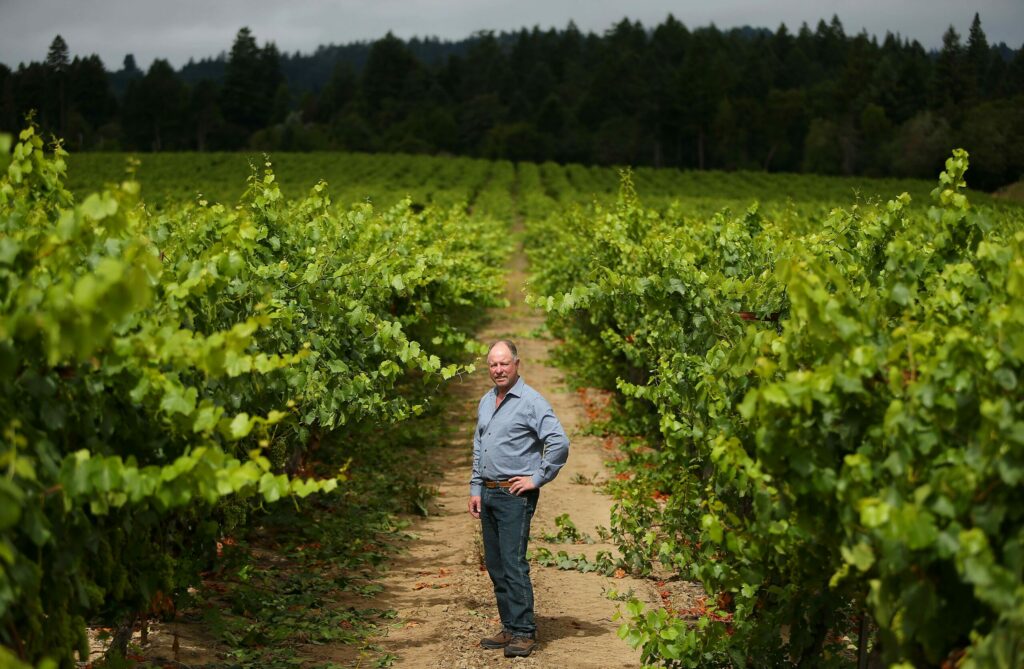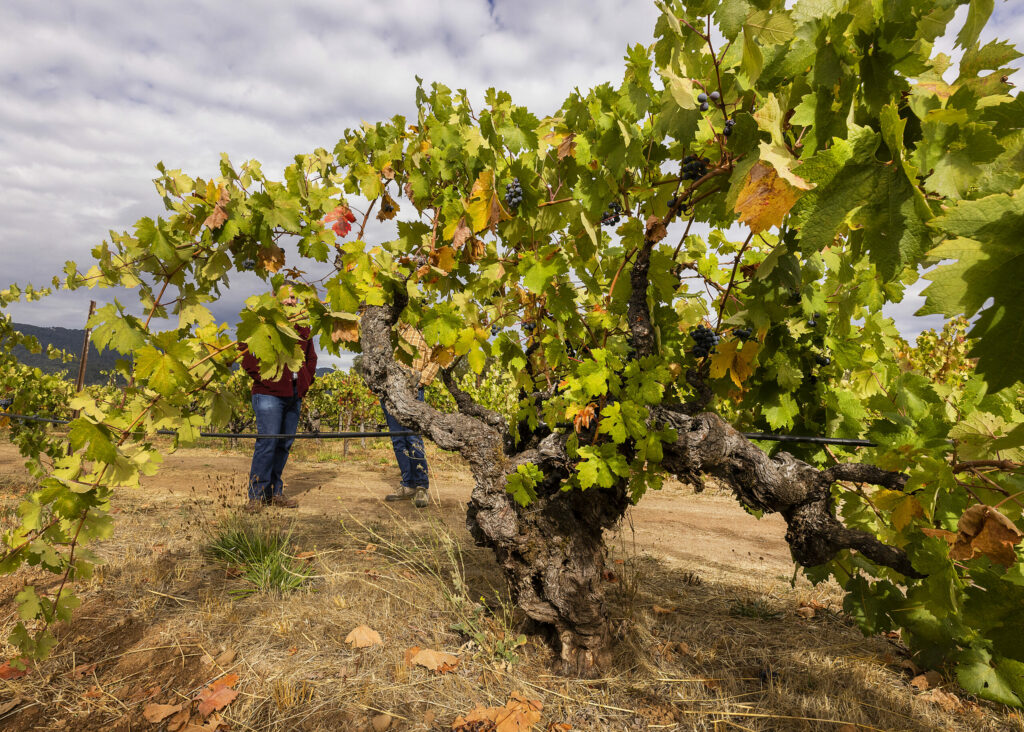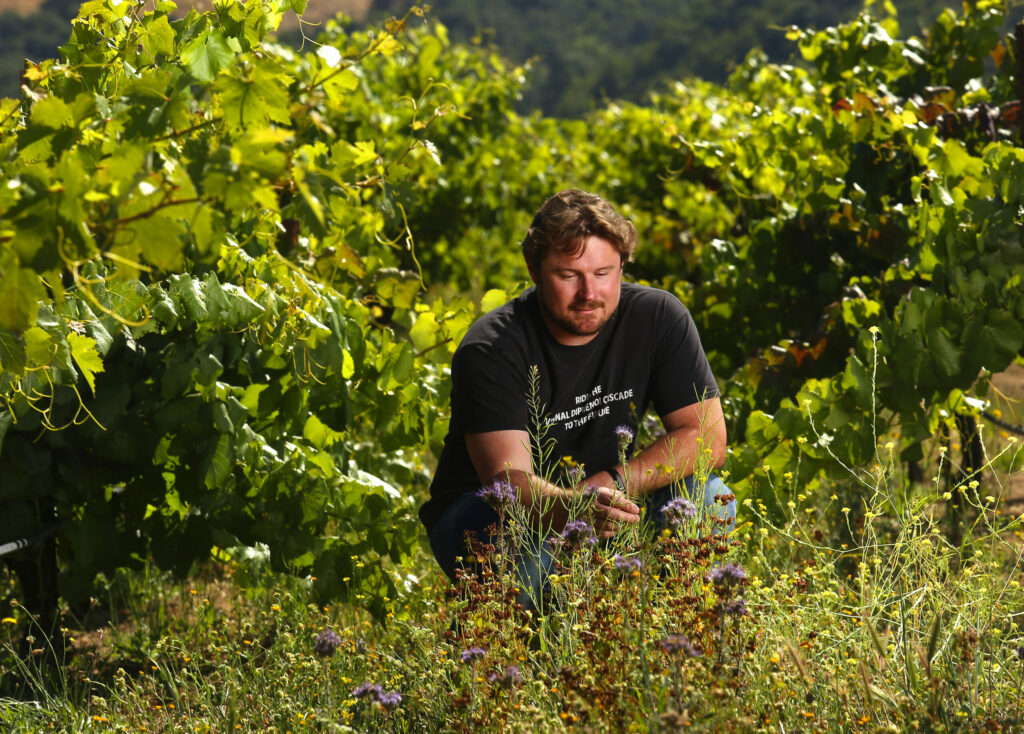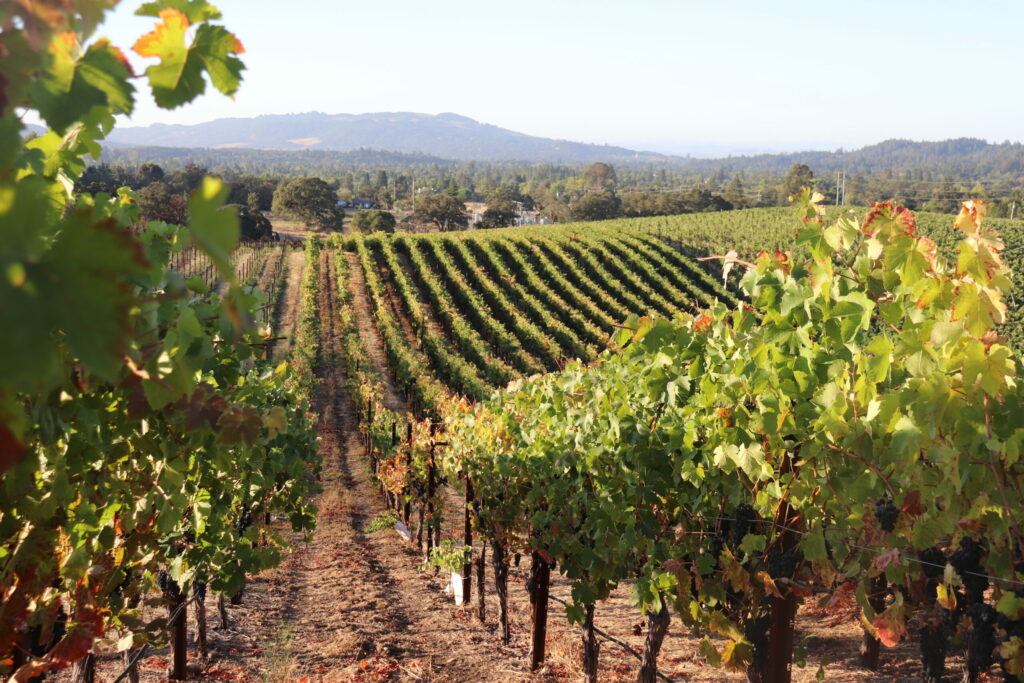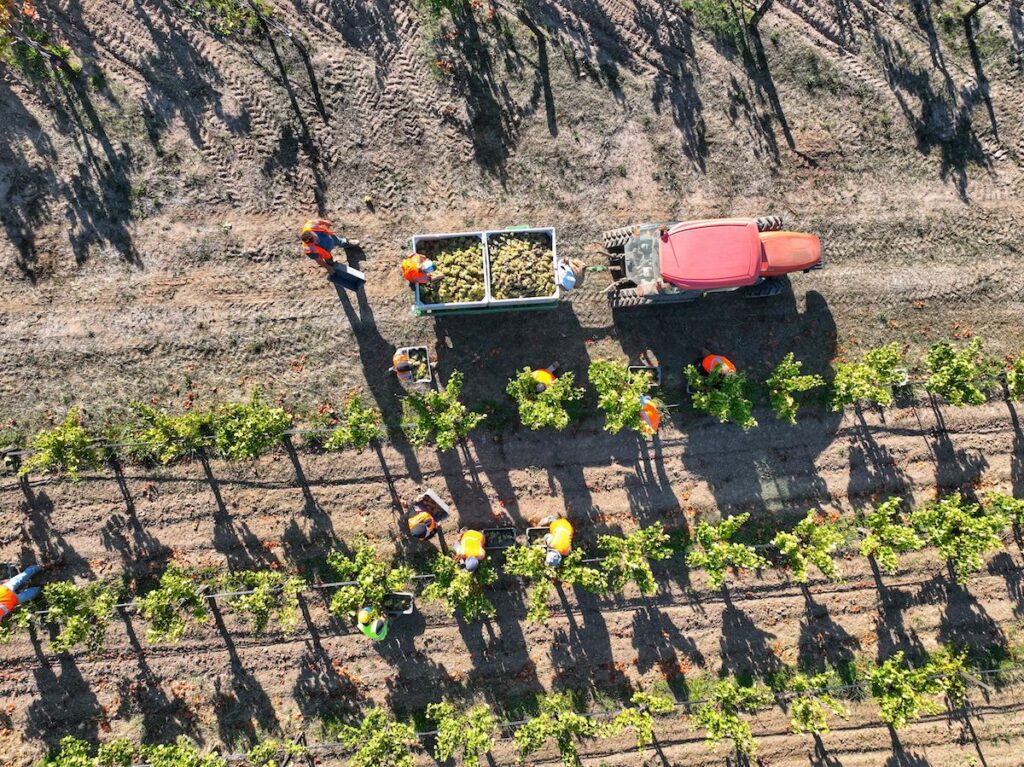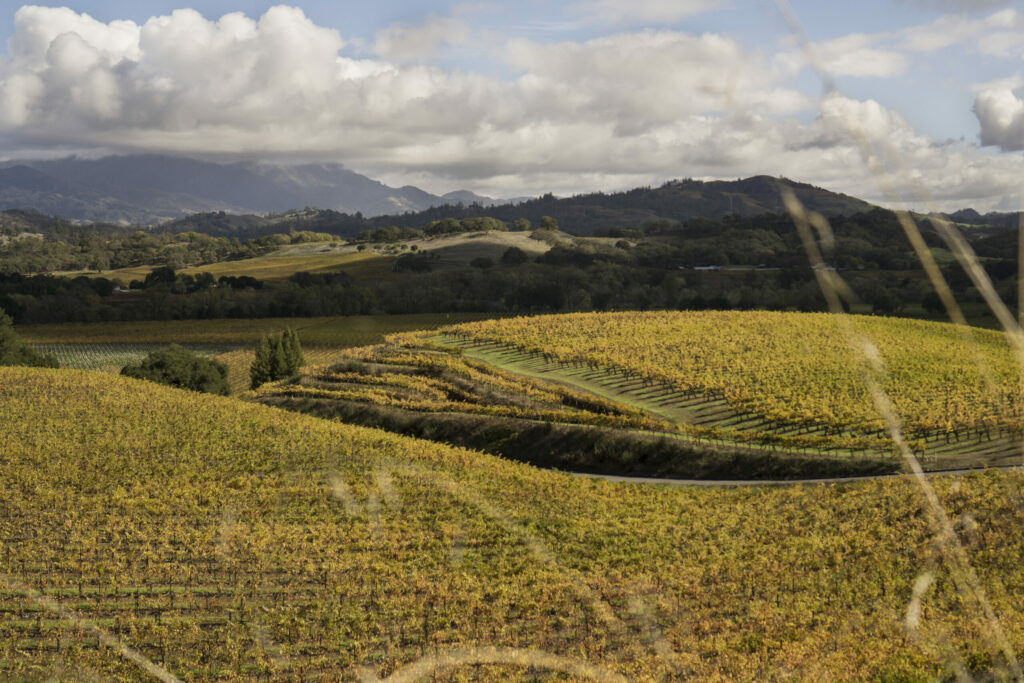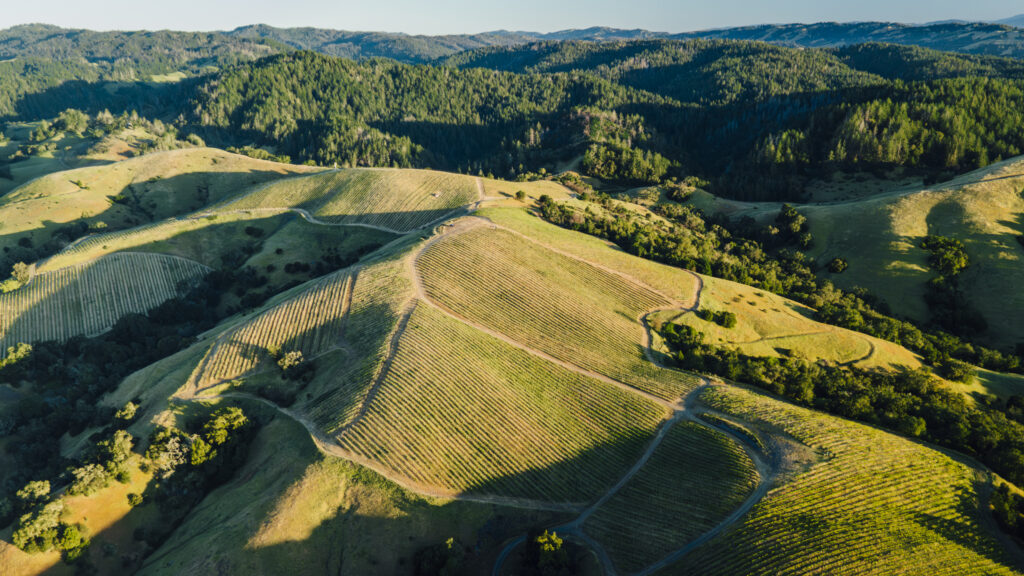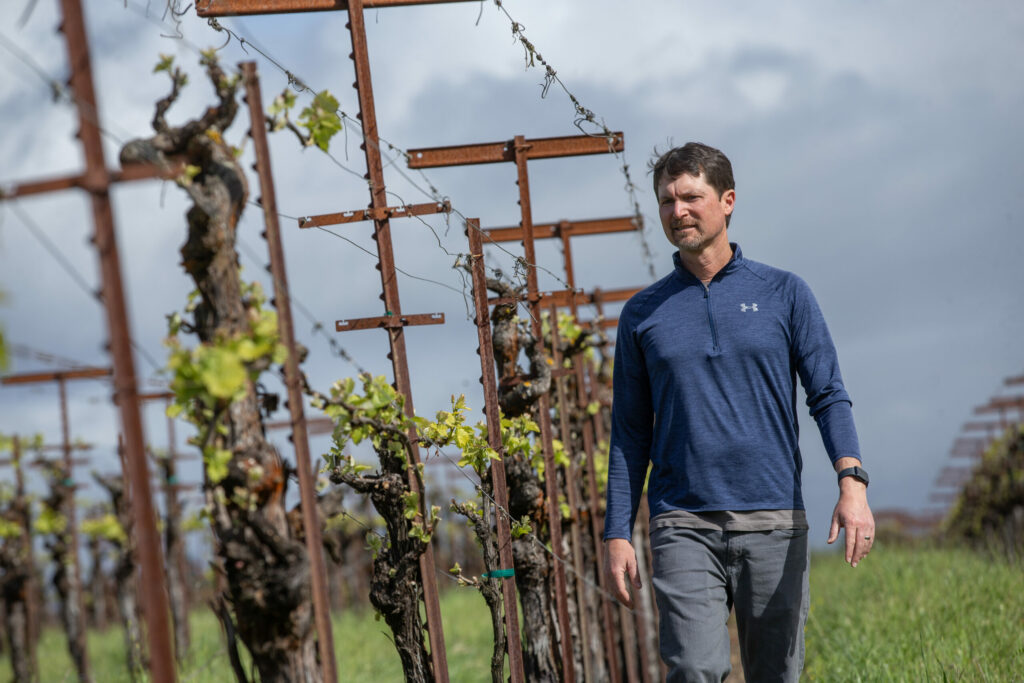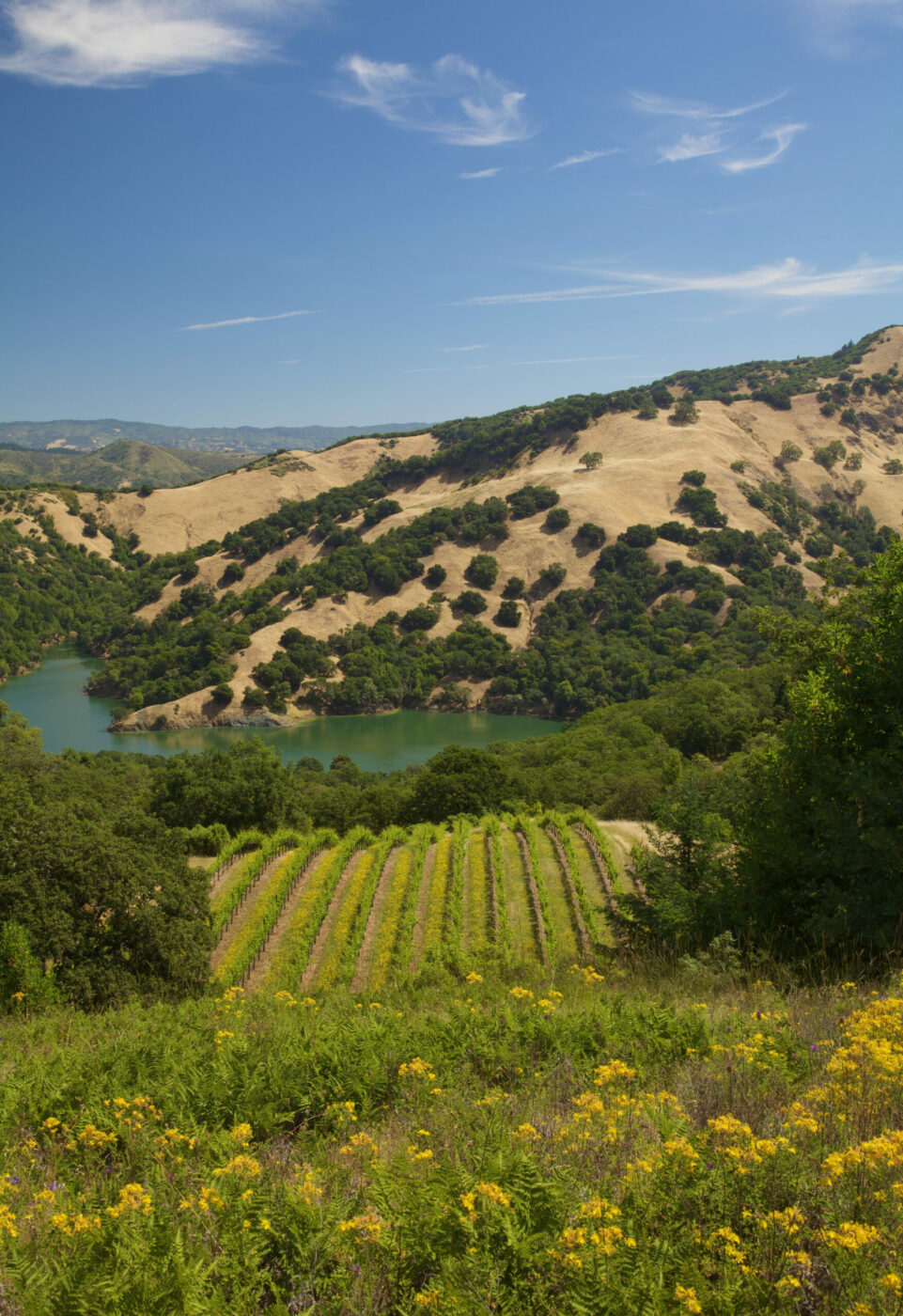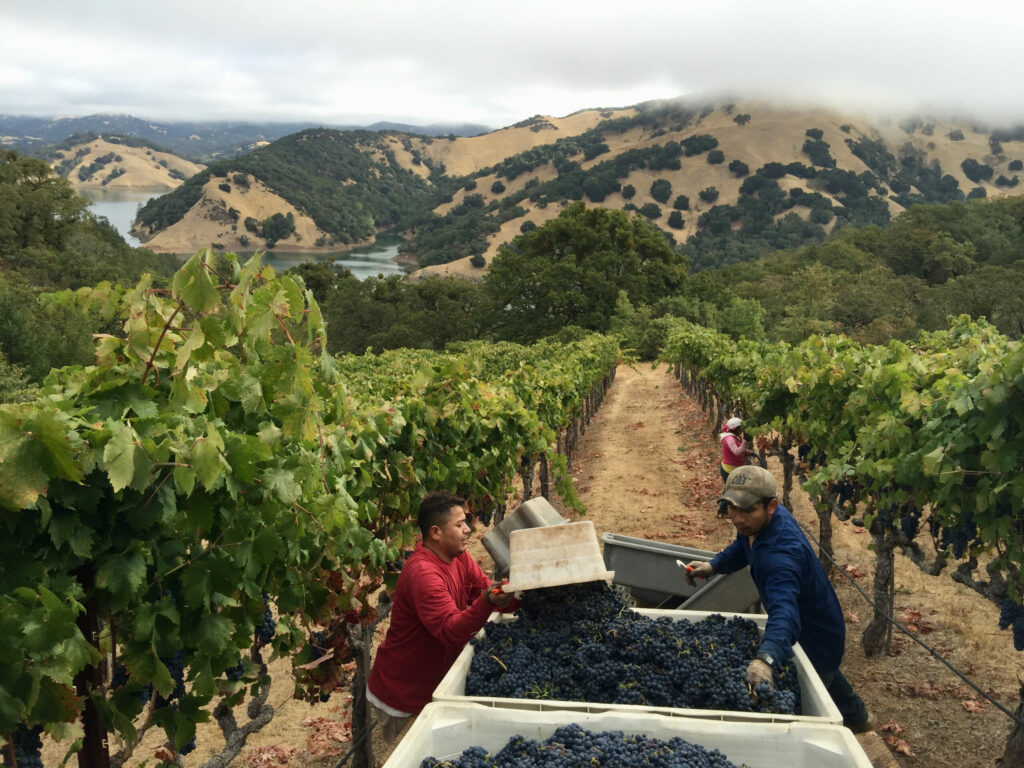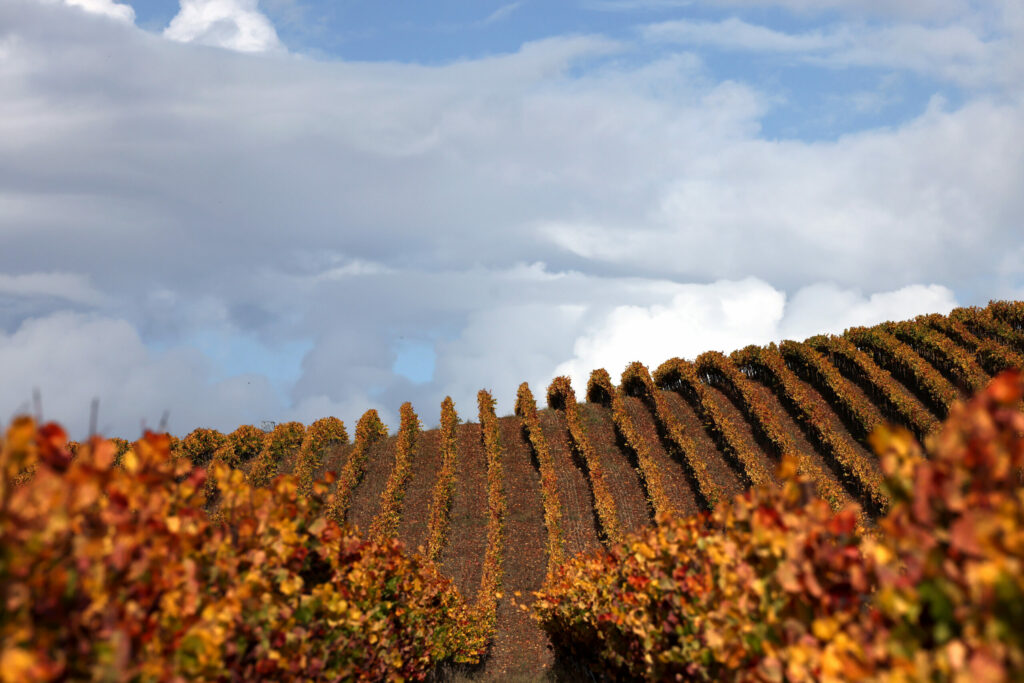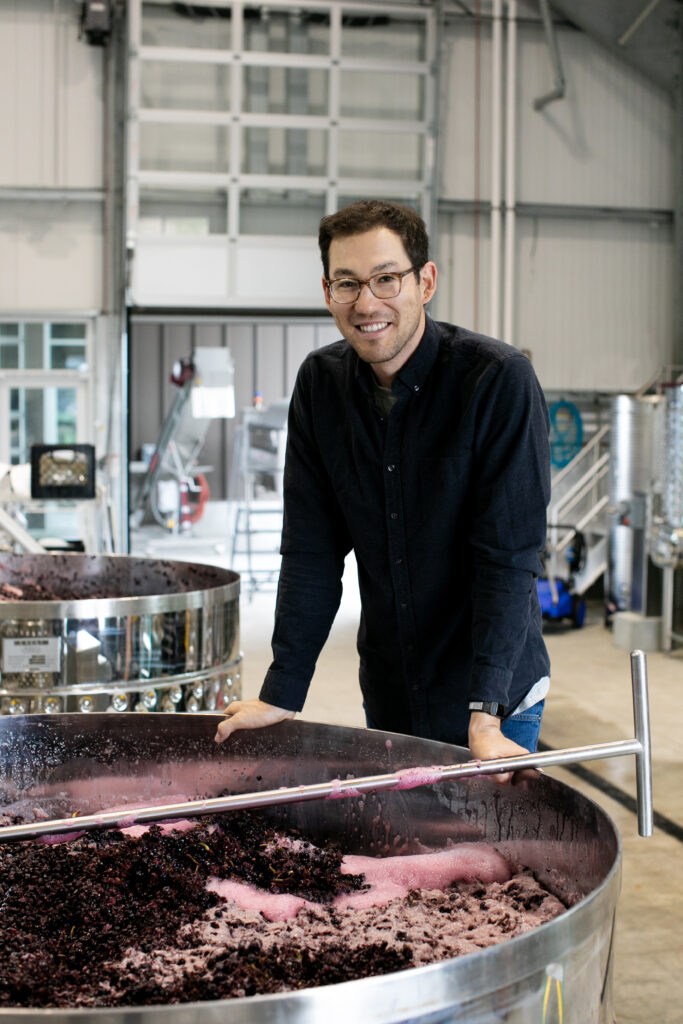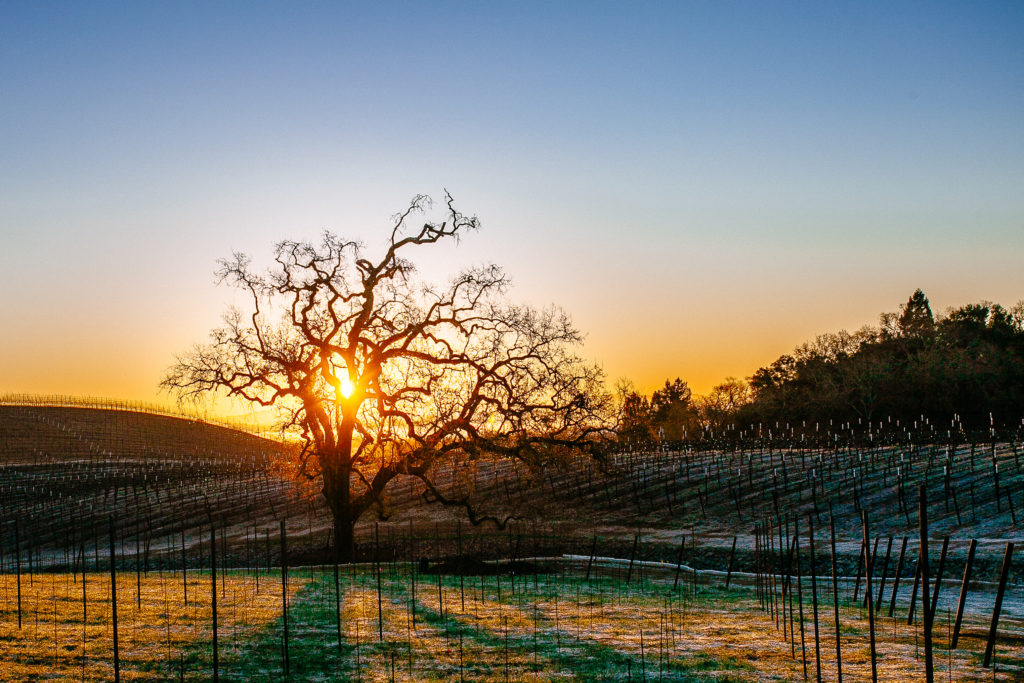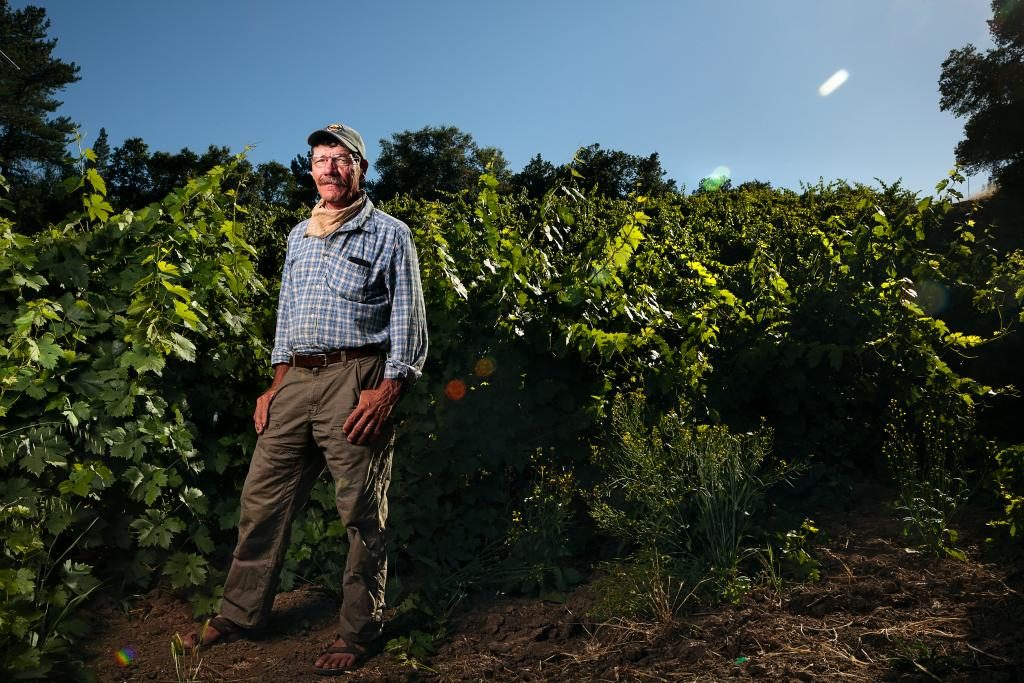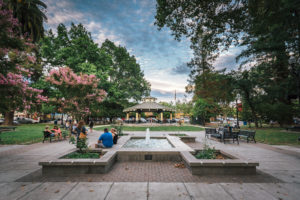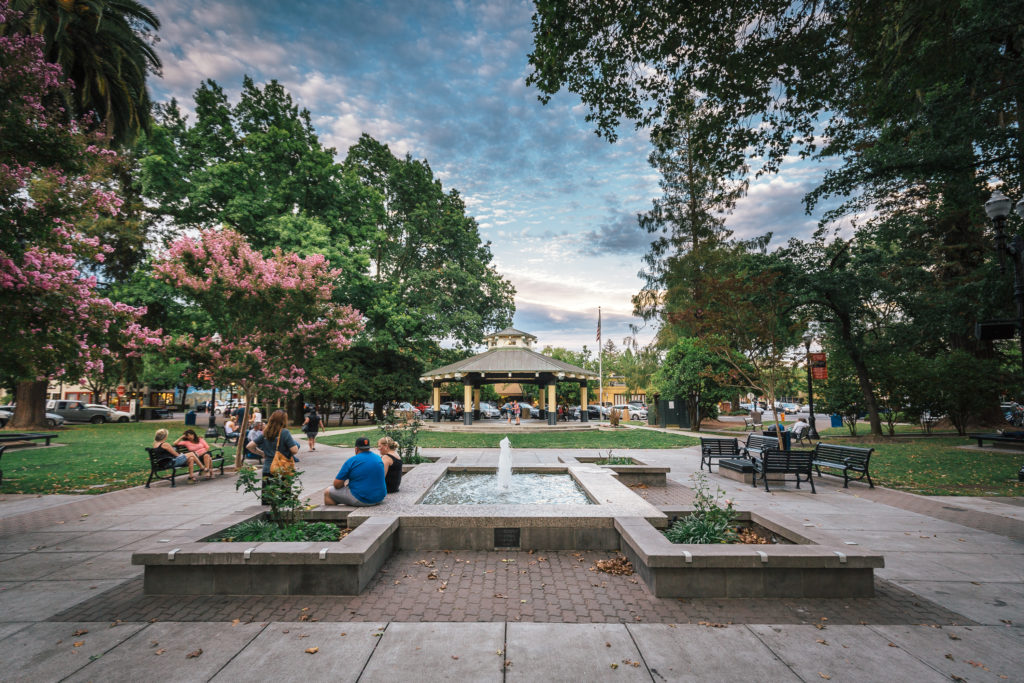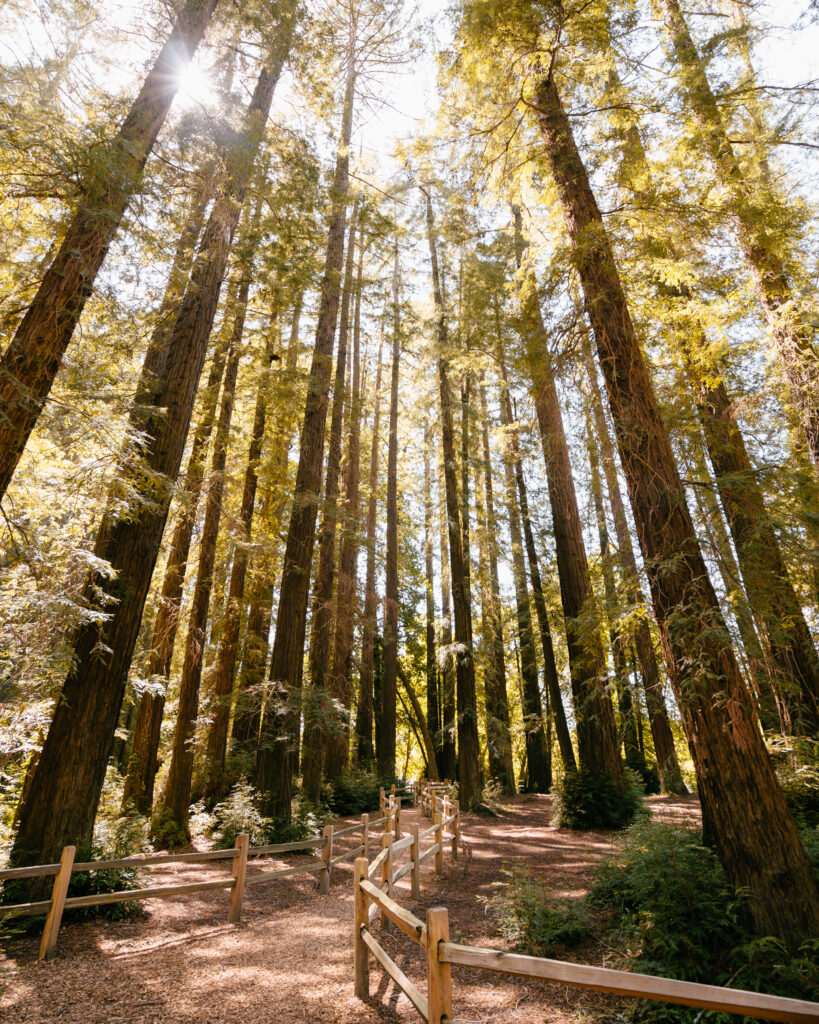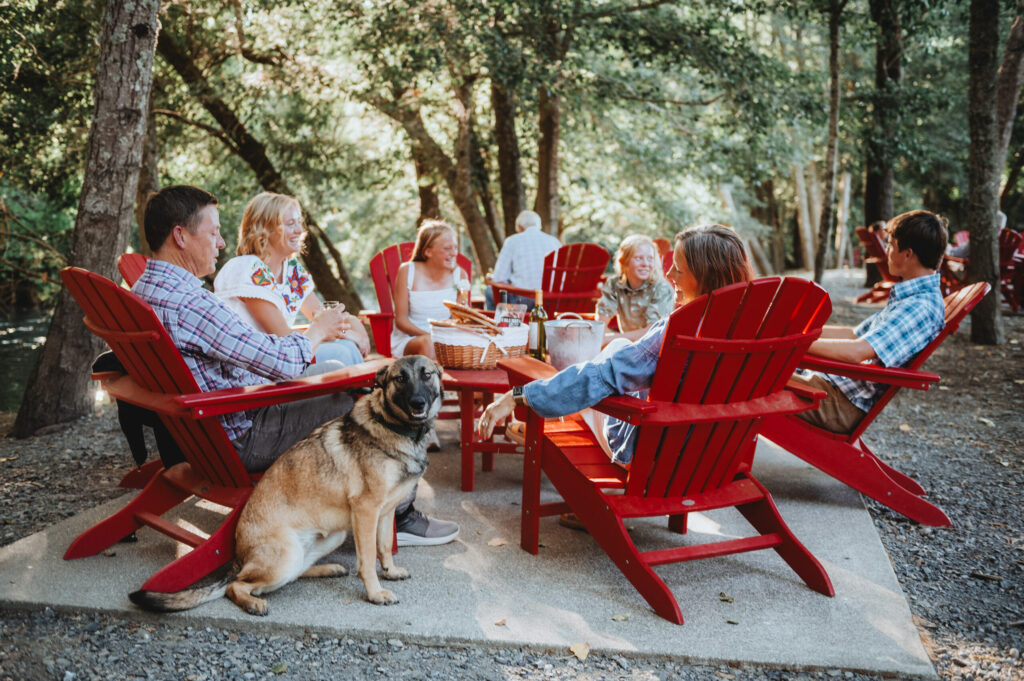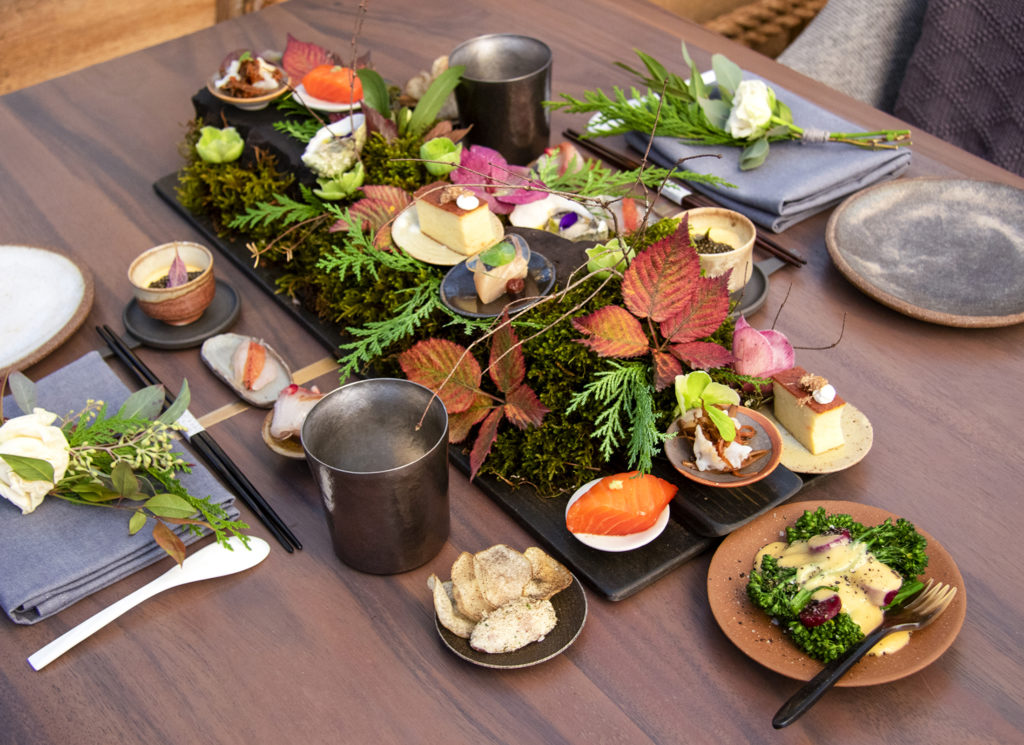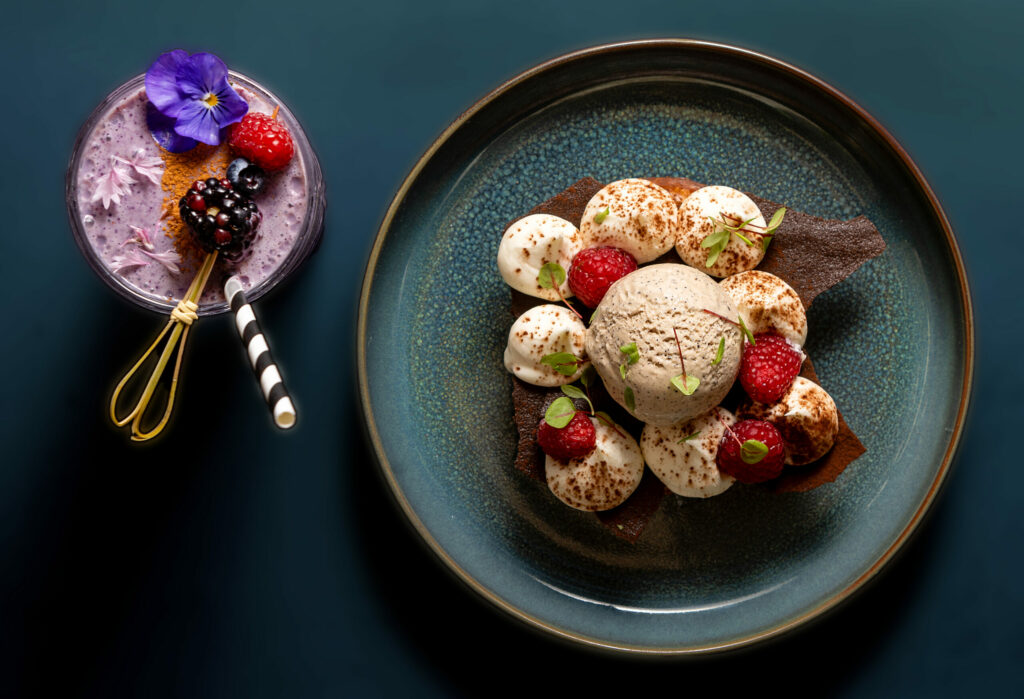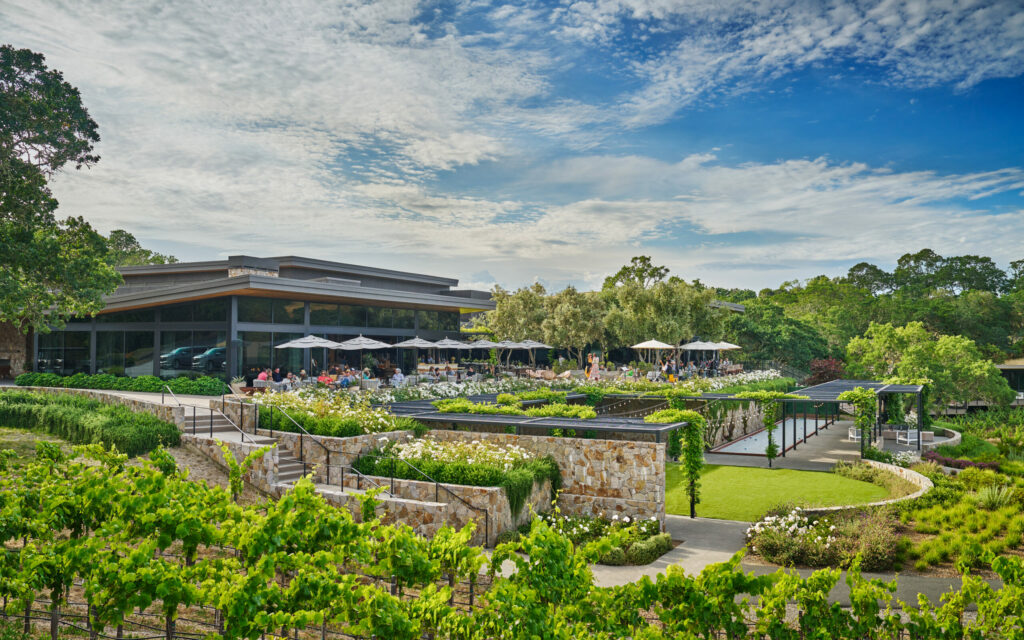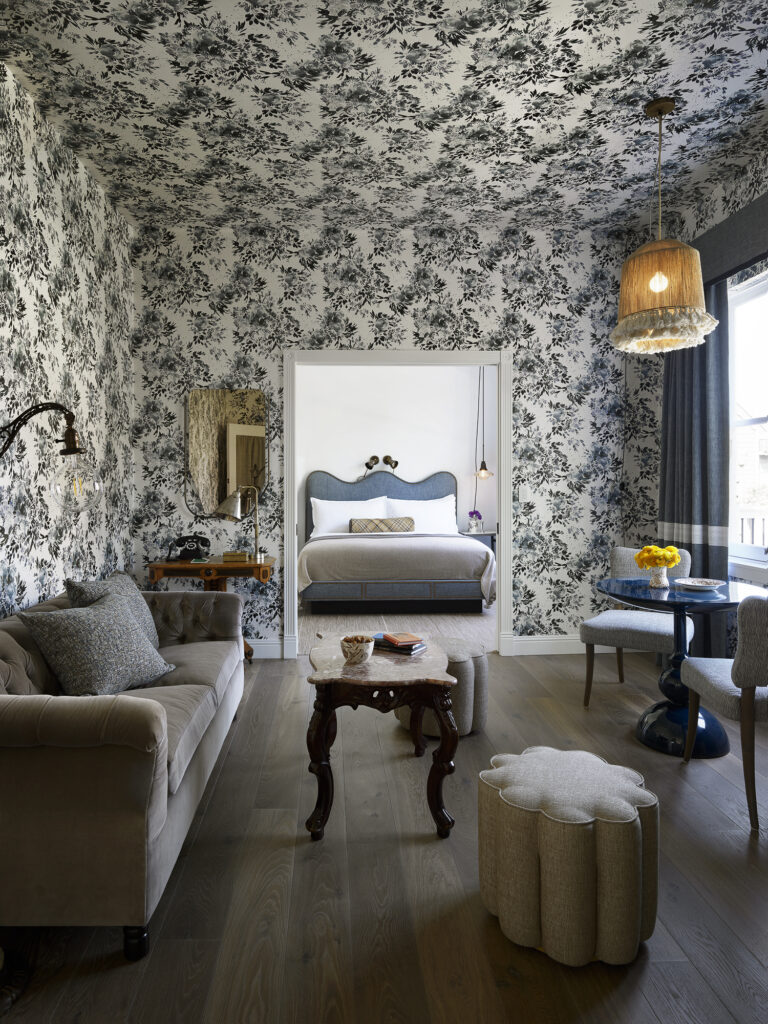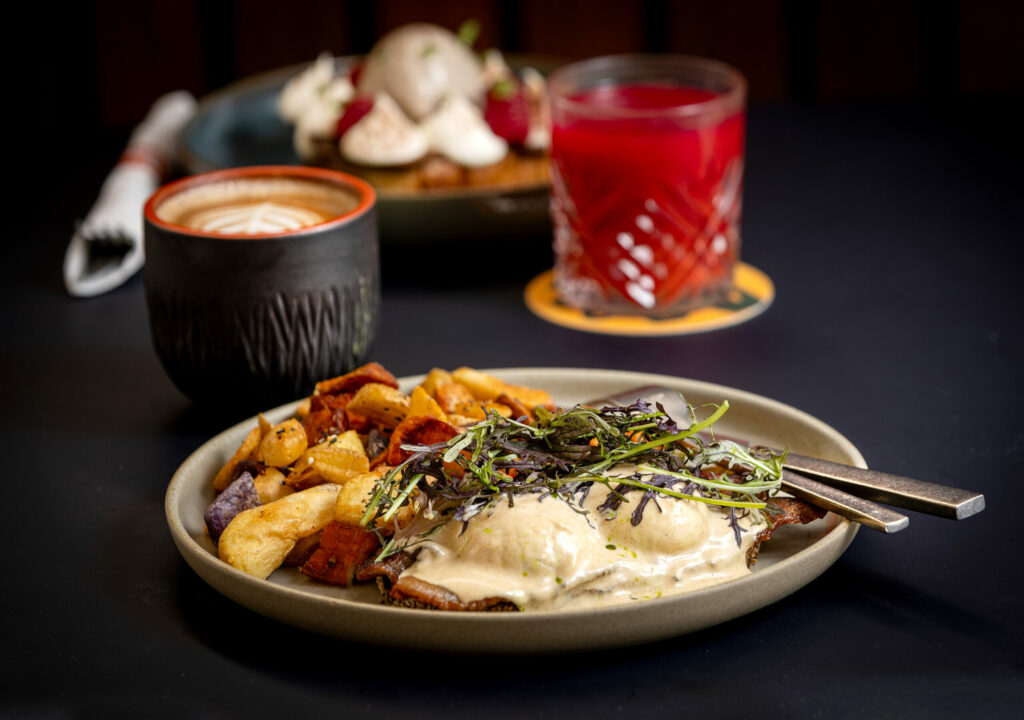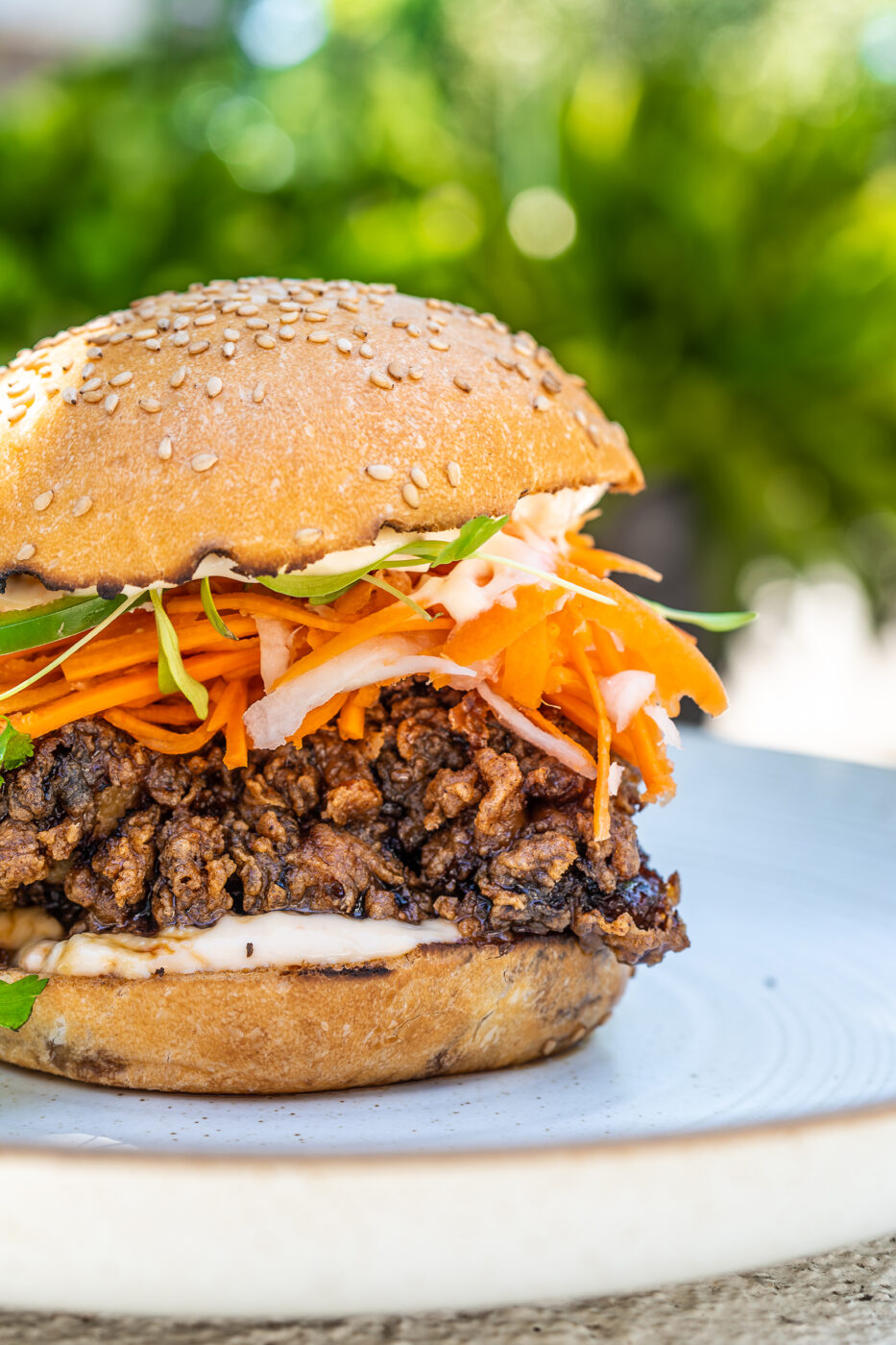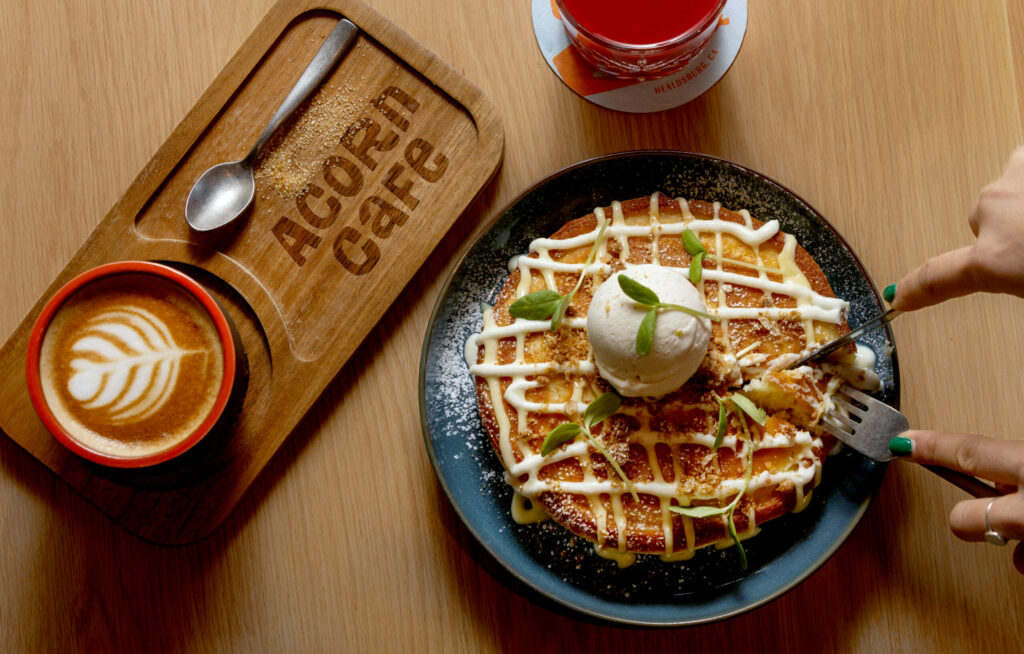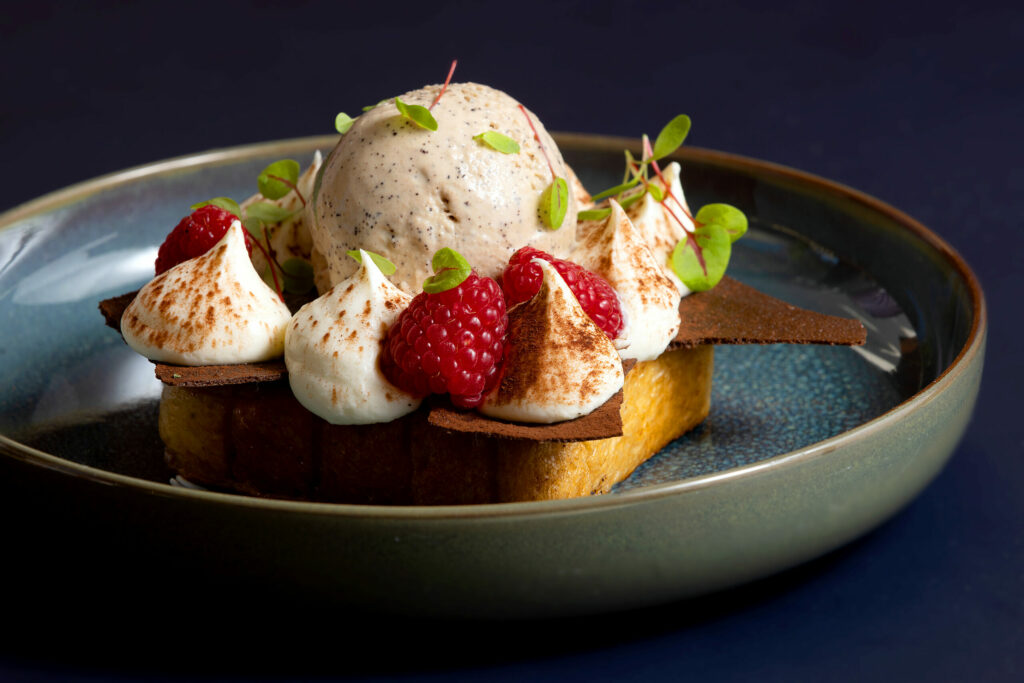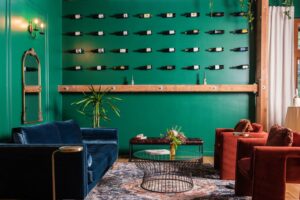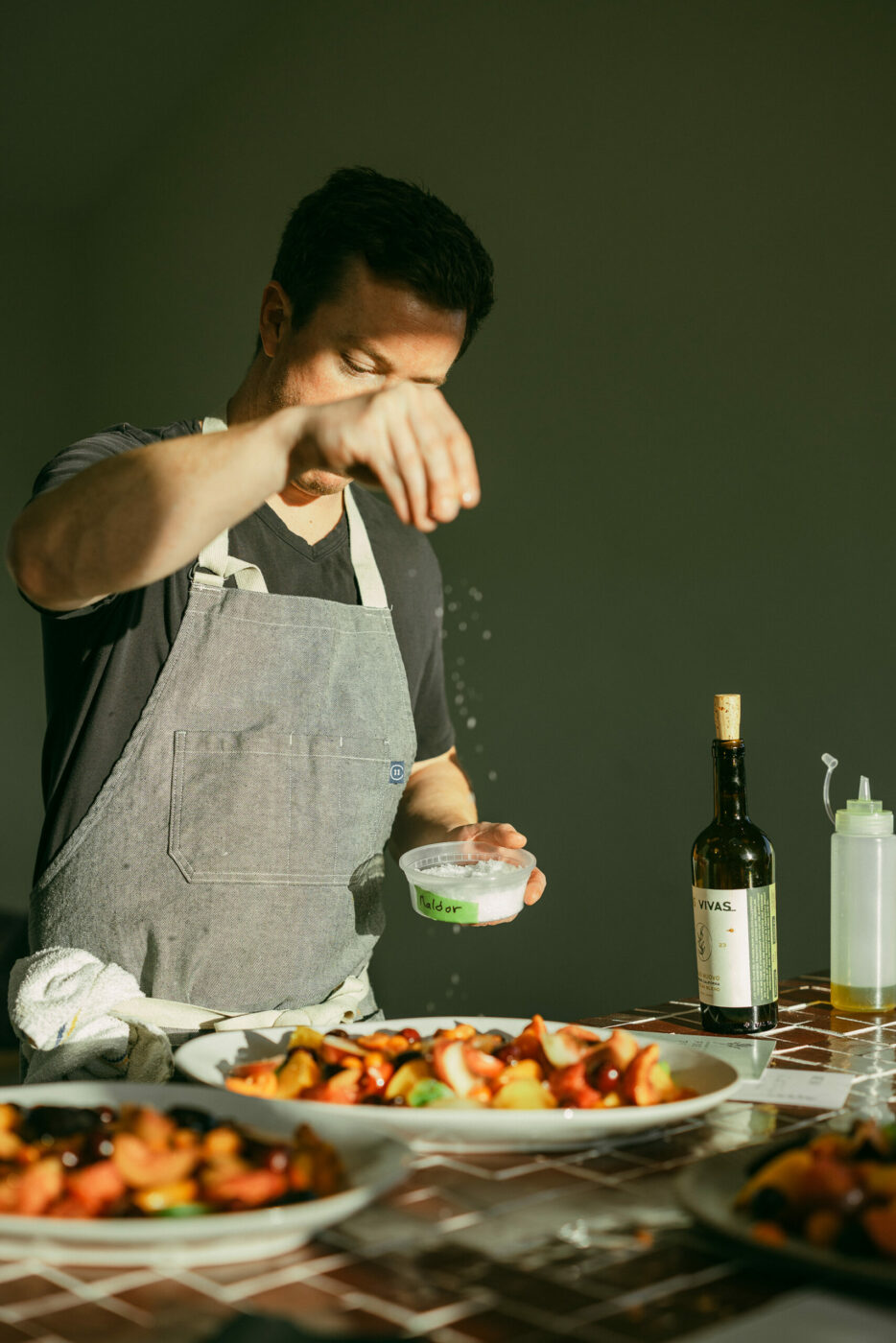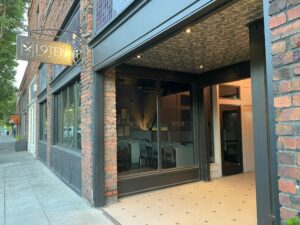Grape harvest may be the first thing that comes to mind when thinking of fall in Sonoma County, but there’s really no good reason the season should be limited to only fine wine.
Just like vintners, local craft distillers embrace the spirit of autumn, shaking up their repertoire with cocktails infused with seasonal flavors like nutmeg, cinnamon, vanilla and cardamom.
We asked a handful of Sonoma County distillers to share recipes for their favorite fall cocktails. From a coffee-lovers’ libation to a drink that highlights local apples and peaches, here are five you can make at home. Or simply head to one of these tasting rooms to learn from the pros.
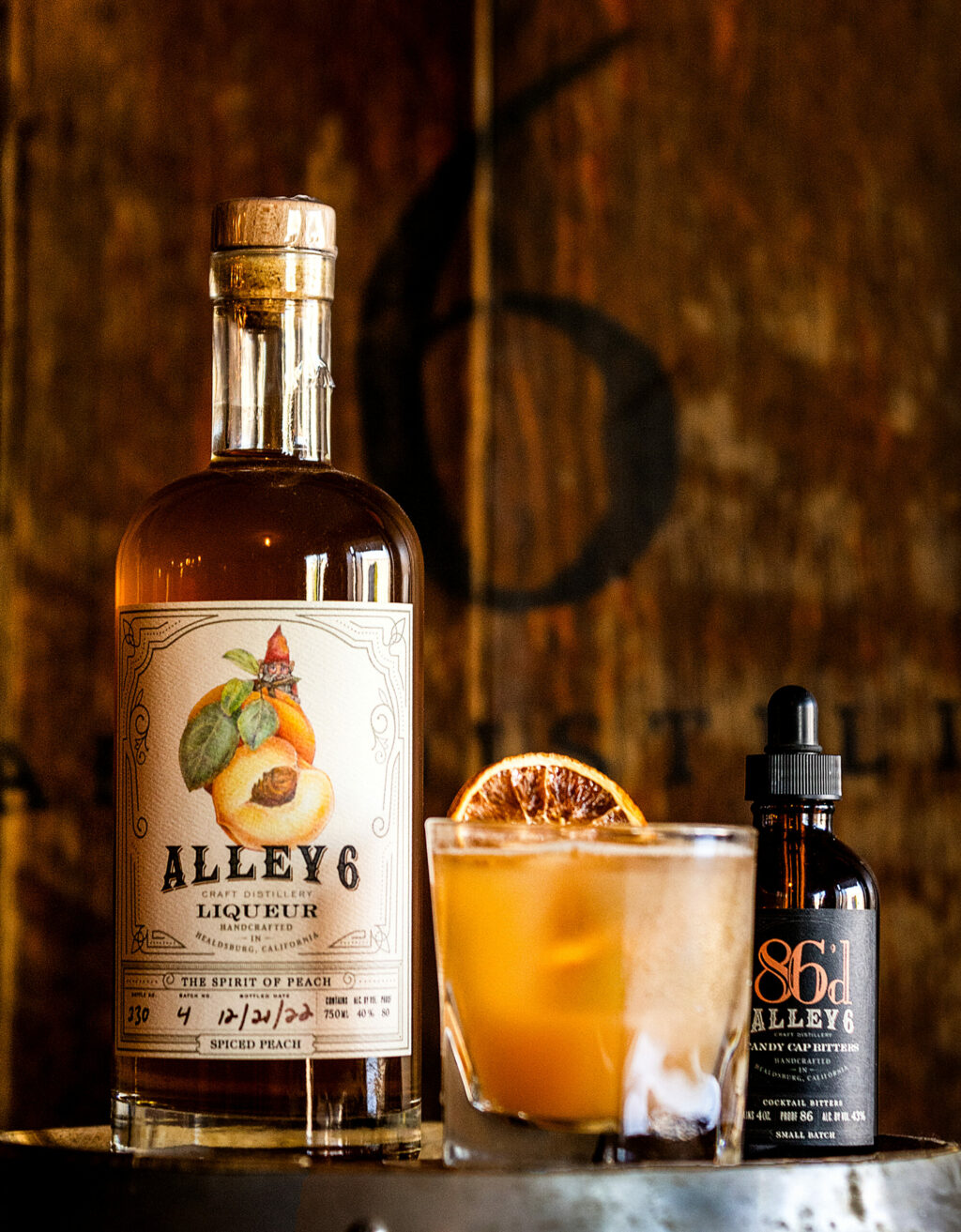
Alley 6 Craft Distillery
By the Bushel: You get a double dose of Alley 6 (1401 Grove St., Suite D, Healdsburg) deliciousness in this cocktail. The Spiced Peach Liqueur is made from local fruit from Healdsburg’s Dry Creek Peach, and the 86’d Candy Cap Bitters is composed of Candy Cap mushrooms foraged at the Sonoma Coast.
Why it’s good for fall: “This cocktail is essentially fall in a glass — cozy, comforting, and with a kick,” said Krystle Jorgensen, co-owner of Alley 6 Craft Distillery. “Alley 6 Spiced Peach Liqueur — think peach cobbler in a bottle — pairs beautifully with locally sourced apple cider for an extra orchard-fresh punch. The Candy Cap Bitters, made from mushrooms that smell like maple syrup, add an earthy sweetness without being overpowering.”
About the distillery: Alley 6 Craft Distillery is owned and operated by Jorgensen and her husband, Jason. The couple focuses on small-batch, in-house production. A visit to their tasting room will make you appreciate their deep commitment to sourcing local ingredients.
Recipe: By the Bushel
2 ounces Alley 6 Spiced Peach Liqueur
1 ounce fresh-pressed apple cider (preferably from local Gravenstein apples)
1/2 ounce fresh lemon juice
1/4 ounce honey (optional for more sweetness)
6-8 drops Alley 6 86’d Candy Cap Bitters
Garnish: dehydrated lemon or orange wheel and a cinnamon stick or ground cinnamon.
In a cocktail shaker, combine Alley 6 Spiced Peach Liqueur, apple cider, lemon juice and honey (if using). Shake vigorously with ice until chilled. Strain into a lowball or short glass over a large ice cube. Add 6-8 drops of Alley 6 86’d Candy Cap Bitters on top to amplify the earthy, mushroomy sweetness. Garnish with a dehydrated lemon or orange wheel and a cinnamon stick, or dust with cinnamon powder.

Barber Lee Spirits
Ancho Chili Bourbon Old Fashioned: This cocktail highlights Barber Lee Spirits (120 Washington St., Petaluma) Heirloom Corn Bourbon. It’s a riff on an Old Fashioned; a little sweet, a little smoky.
Why it’s good for fall: “The Ancho Reyes and bitters give this cocktail a great warming effect, perfect for keeping the fall chill at bay,” said Lorraine Barber, co-owner of Barber Lee Spirits.
About the distillery: Owned by a hardworking trio comprised of wife-and-husband vintners, Lorraine and Michael Barber, and their friend, Aaron Lee, the Barber Lee Spirits tasting room is a cozy retreat with distressed leather furniture and views of the barrel aging room. Tasting options vary, but one of the most popular experiences includes three spirits and a cocktail of your choice.
Recipe: Ancho Chili Bourbon Old Fashioned
2 ounces Barber Lee Spirits Heirloom Corn Bourbon
1/2 ounce Ancho Reyes Mexican Chile Liqueur
1 dash Batch One Bitter Girl Bitters
1/4 ounce Madeira
Bar spoon of brown sugar
Muddle brown sugar with Ancho Reyes Mexican Chile Liqueur and bitters in a mixing tin. Add ice, Madeira and Barber Lee Spirits Heirloom Corn Bourbon, and stir for approximately 30 seconds. Strain into rocks glass with fresh ice and enjoy.
Recipe notes: The Batch One is made locally by Bitter Girl Bitters in Penngrove (bittergirlbitters.com). The Ancho Reyes Mexican Chile Liqueur is made in Puebla City, Mexico (anchoreyes.com). Madeira, a fortified wine made in Portugal, is widely available throughout Northern California.
Elk Fence Distillery
Harvest Moon: This cocktail features Golden Owl Barrel Aged Gin, a new spirit from Elk Fence Distillery (464 Kenwood Court, Suite E, Santa Rosa). Elk Fence, which has produced spirits since 2019 and opened to the public in 2022, is the only distillery in Santa Rosa.
Why it’s good for fall: “Not only does it visually represent fall colors, it also dives right into some of the harvest flavors we have come to cherish in sweater season in Sonoma County, such as roasted nuts, allspice and harvest grapes,” said Scott Woodson, co-owner of Elk Fence Distillery.
About the distillery: Woodson owns and operates Elk Fence Distillery with Gail Coppinger (the friends met while working on a construction project). Their Speakeasy-inspired tasting room serves up a dose of nostalgia with its craft spirits and cocktails, featuring a bar from the 1880s made entirely of redwood and an upright Steinway piano from the 1890s that guests are encouraged to play.
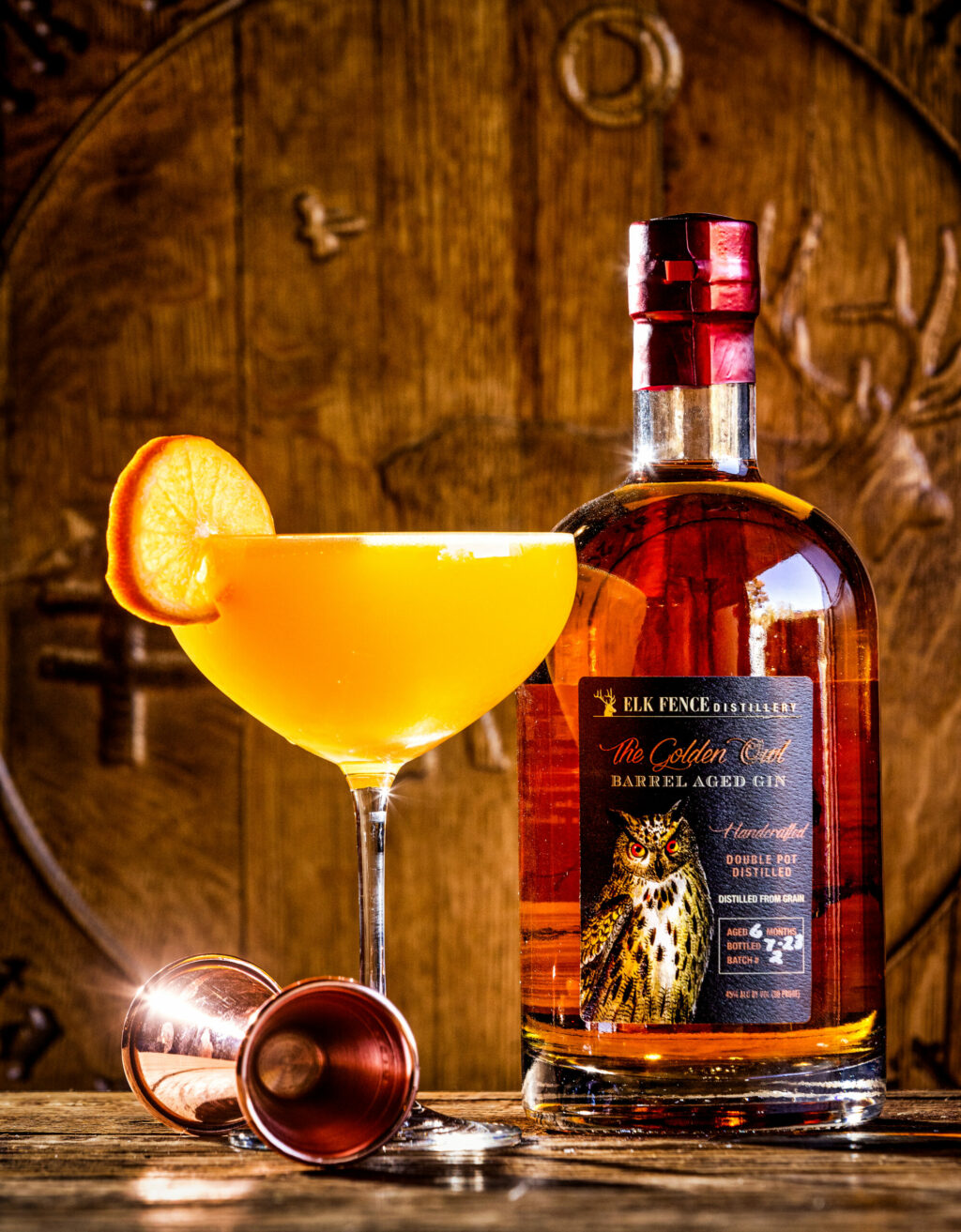
Recipe: Harvest Moon
1 1/2 ounces Elk Fence Distillery Golden Owl Barrel Aged Gin
3/4 ounce Amontillado Sherry
1/2 ounce Frangelico
Top off with Fever-Tree Club Soda
Garnish: fresh orange wheel
Combine all ingredients except the club soda in a cocktail shaker half-filled with ice. Shake until cold. Strain into a coupe or rocks glass. Top with club soda and garnish with fresh orange wheel.
Recipe notes: Frangelico is a hazelnut liqueur made in Italy (frangelico.com). Amontillado Sherry is readily available throughout Sonoma County.
Griffo Distillery
Cafe Calabaza: This cocktail packs a double punch with two craft spirits from Griffo Distillery (1320 Scott St., Suite A, Petaluma), the Cold Brew Coffee Liqueur and the Stony Point Whiskey.
Why it’s good for fall: “The rich flavors of nutmeg, cardamom, pumpkin and walnut perfectly complement the rich, dark flavors of our Cold Brew [Coffee Liqueur] and angular toffee notes in our flagship whiskey,” said Kat Prescott, tasting room manager at Griffo Distillery.
About the distillery: Mike and Jenny Griffo cofounded Griffo Distillery in 2013. The distillery officially launched in Petaluma with its first gin in 2015. In addition to cocktails and craft spirit tastings, the tasting room offers a robust calendar of events including live music, food trucks and trivia.
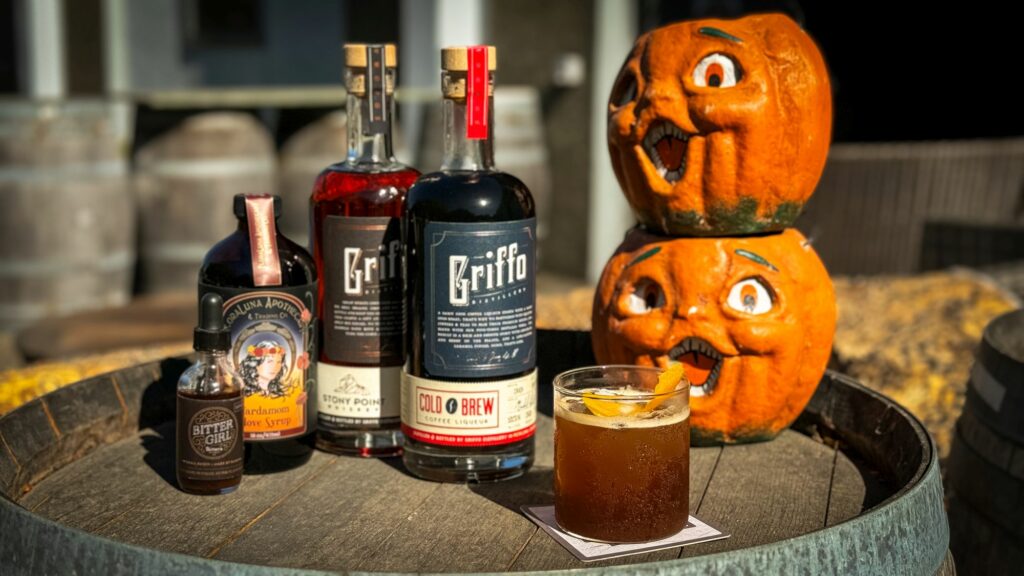
Recipe: Cafe Calabaza
1 1/4 ounces Griffo Distillery Cold Brew Coffee Liqueur
1 ounce Griffo Distillery Stony Point Whiskey
1/4 ounce Sonoma Syrup Co. Pumpkin Spiced Latte Syrup
1/4 ounce FloraLuna Apothecary & Trading Co. Cardamom Clove Syrup
4 drops Bitter Girl Bitters Morning Wood Barrel Aged Coffee Bitters
Garnish: orange peel and three espresso beans
Combine ingredients in cocktail shaker, add ice, shake vigorously for 20 seconds, then strain over a large ice cube. Garnish with orange peel and three espresso beans.
Recipe notes: The Morning Wood Barrel Aged Coffee Bitters is made locally by Bitter Girl Bitters in Penngrove (bittergirlbitters.com). The Cardamom Clove Syrup is created in small batches and bottled by hand by FloraLuna Apothecary & Trading Co. in Petaluma (floralunaapothecary.com). The Pumpkin Spiced Latte Syrup is made by Sonoma Syrup Co. in Sonoma (sonomasyrup.com).
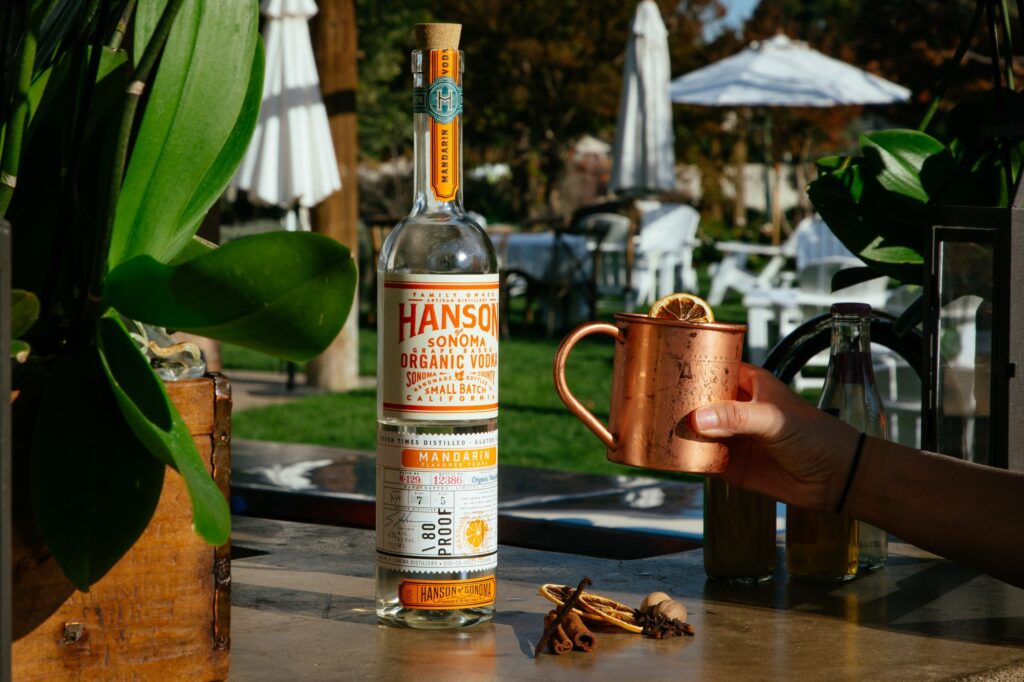
Hanson of Sonoma
Mulled Mule: This vodka cocktail from Hanson of Sonoma (22985 Burndale Road, Sonoma) features the label’s organic Mandarin Vodka infused with seasonal flavors, including vanilla, nutmeg, cinnamon and cloves.
Why it’s good for fall: “The Mulled Mule is refreshing, but also cozy at the same time,” said Alanna Hanson, co-owner of Hanson of Sonoma. “The bright citrus from the lime pairs perfectly with the warmth of the Mandarin Spice Infused Vodka. Topped off with ginger beer, it brings a spicy, earthy flavor that’s ideal for any fall gathering.”
About the distillery: Hanson of Sonoma’s Wine Country tasting room features a lovely Spirits Garden, complete with a wood-fired pizza oven and views of the fall hues taking hold in neighboring vineyards. On a sunny, fall day you can order a specialty pizza and seasonal cocktail while soaking up Sonoma County’s great outdoors.
Recipe: Mulled Mule
1 1/2 ounces Hanson of Sonoma Organic Mandarin Spice Infused Vodka (recipe follows)
1 ounce fresh squeezed lime juice (organic preferred)
1/2 ounce agave (organic preferred)
Ginger Beer
Garnish: fresh lime wheel or dried orange slice
Add Hanson of Sonoma Organic Mandarin Spice Infused Vodka, lime juice and agave to a copper mule cup and stir. Fill with ice and top with ginger beer.
Garnish with fresh lime wheel or dried orange slice.
Recipe: Hanson Mandarin Spice Infused Vodka
1 bottle of Hanson Organic Mandarin Vodka
1 vanilla bean
1 whole nutmeg
2 cinnamon sticks
5 whole cloves
Slice vanilla bean down its length. Microplane the outside of the whole nutmeg to expose its flavor (you can use the shavings, too). Add cinnamon sticks and cloves. Let everything soak in the vodka bottle for about two days, then strain.



